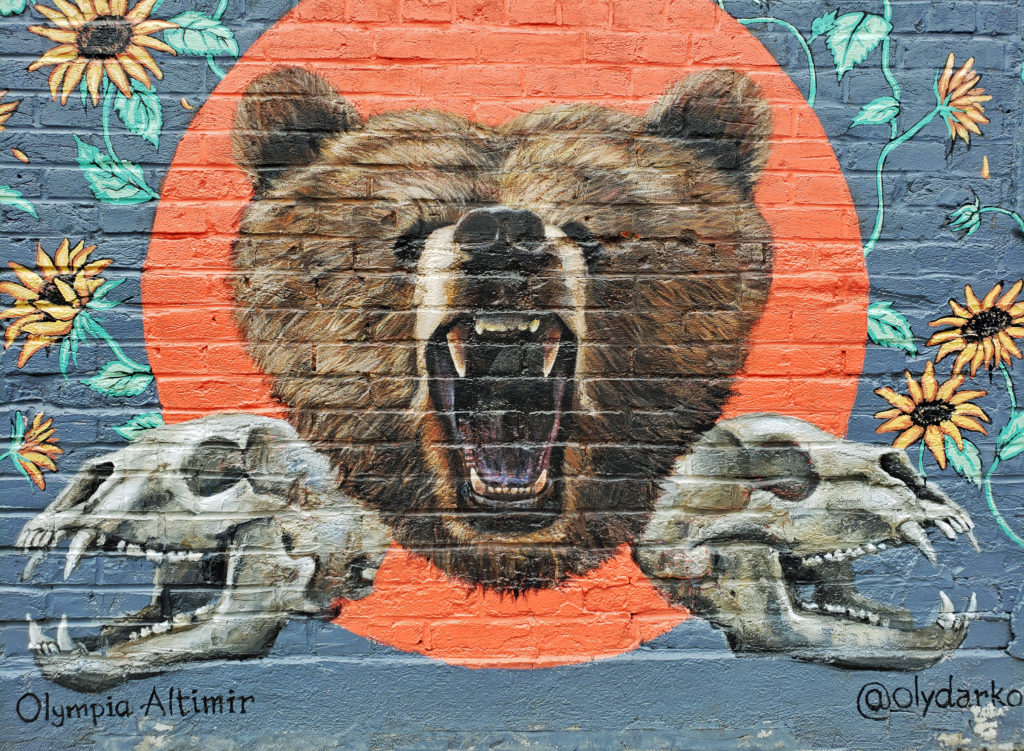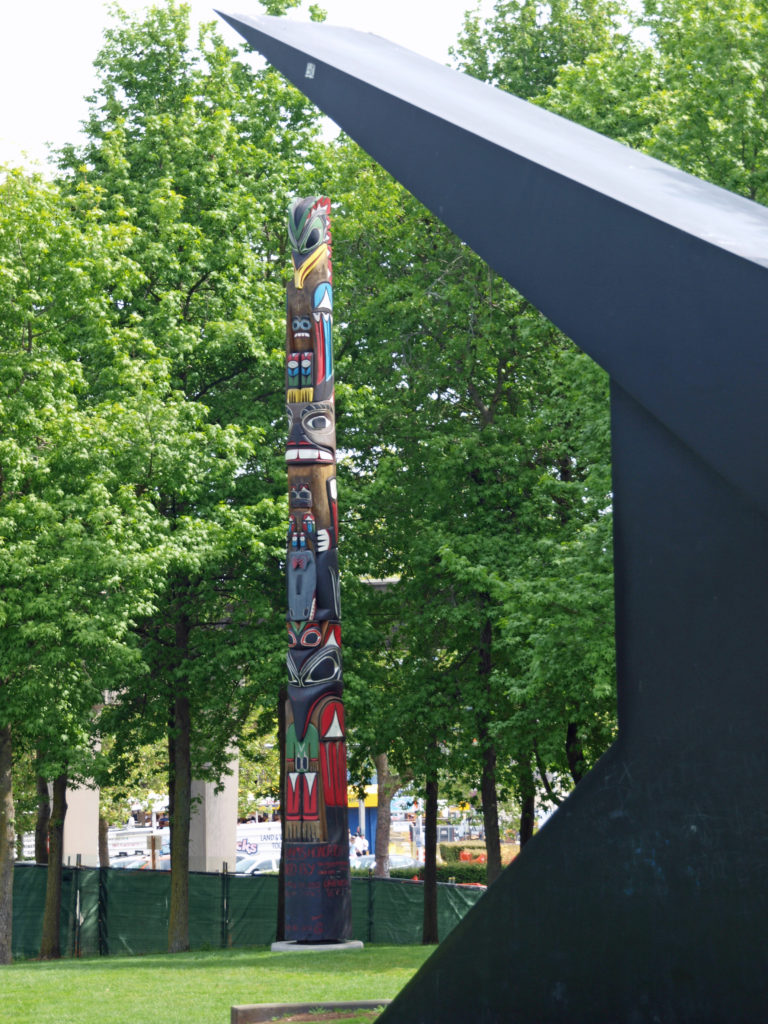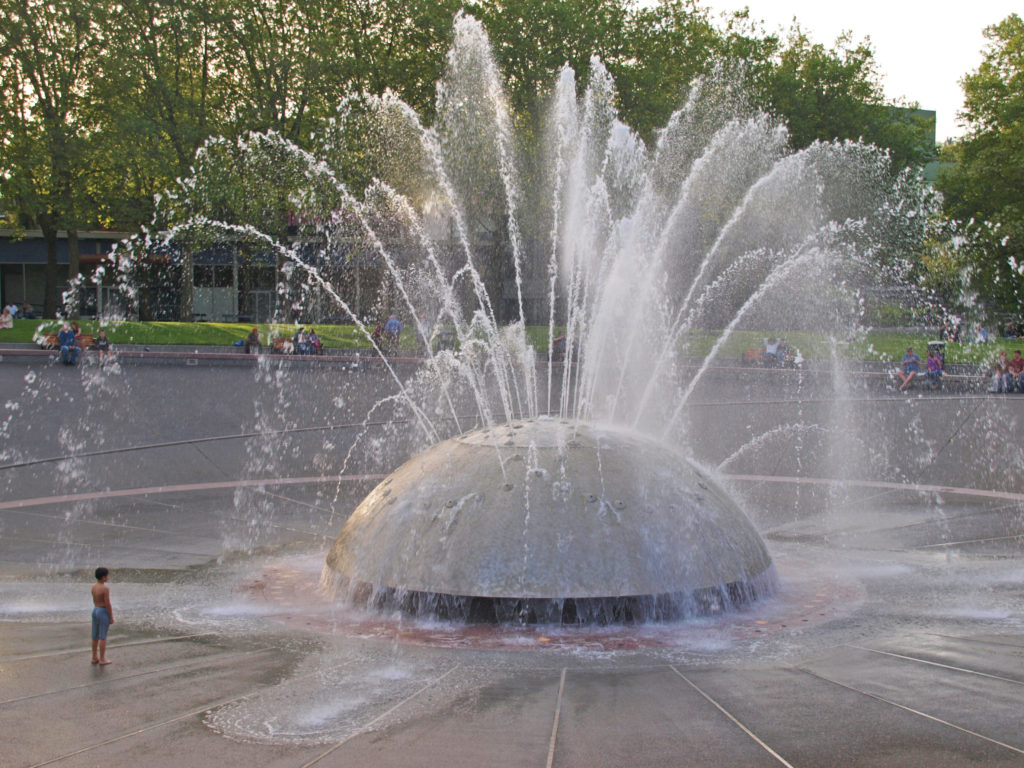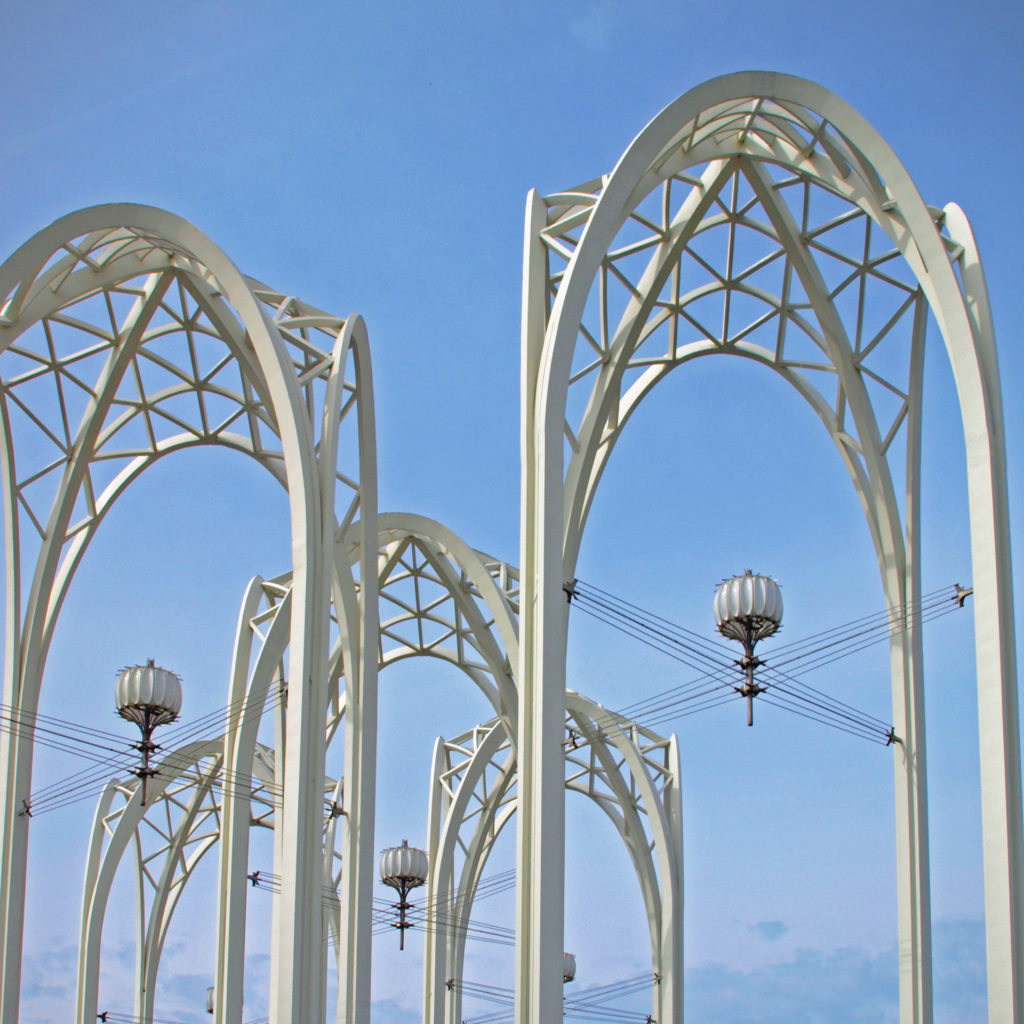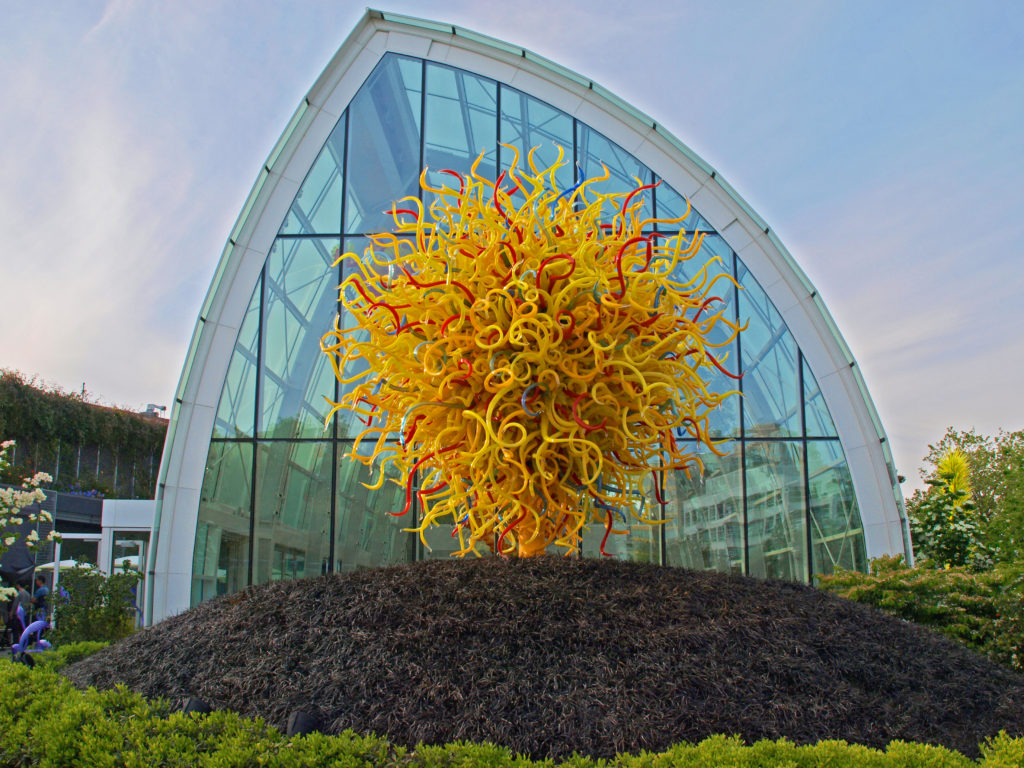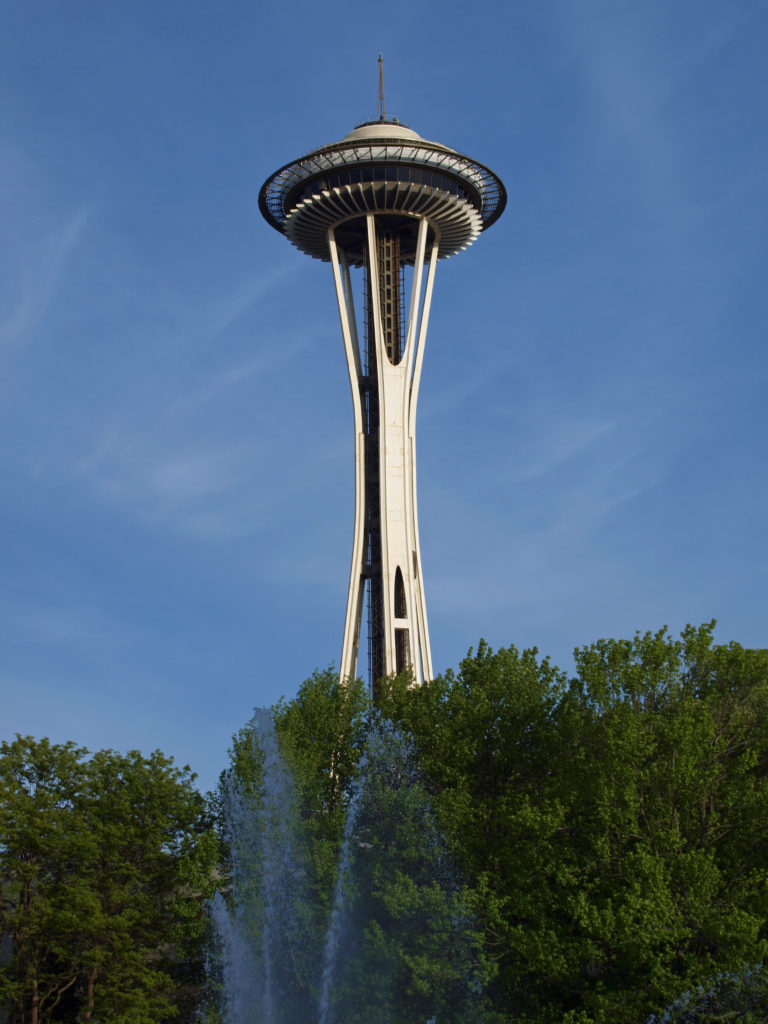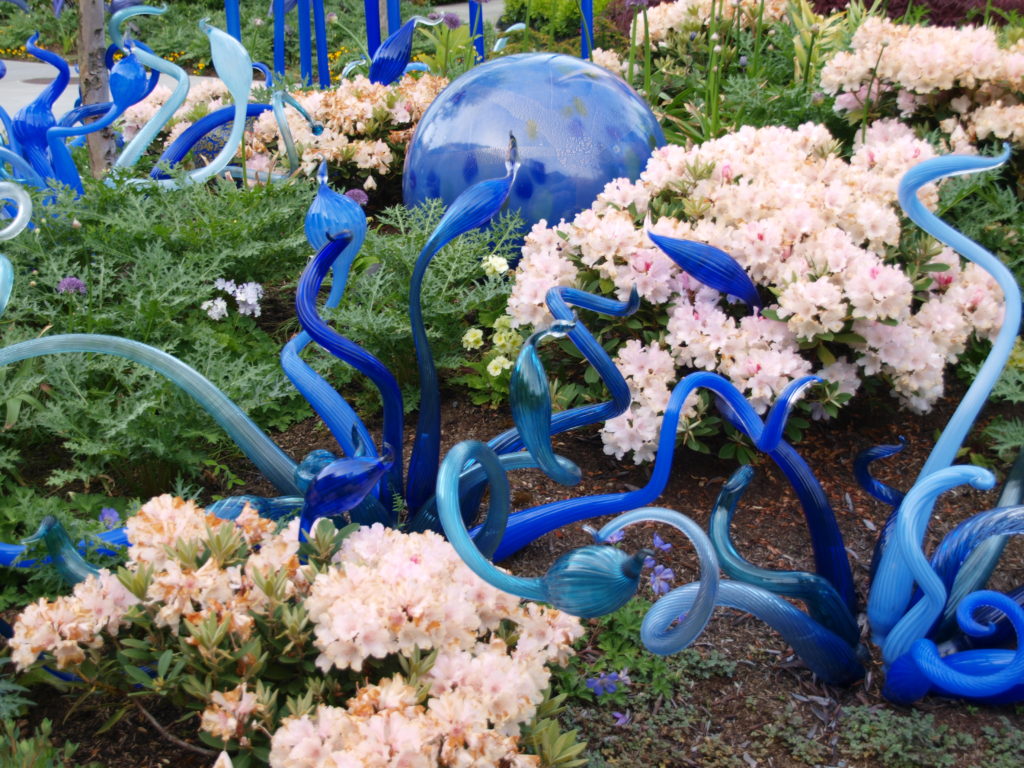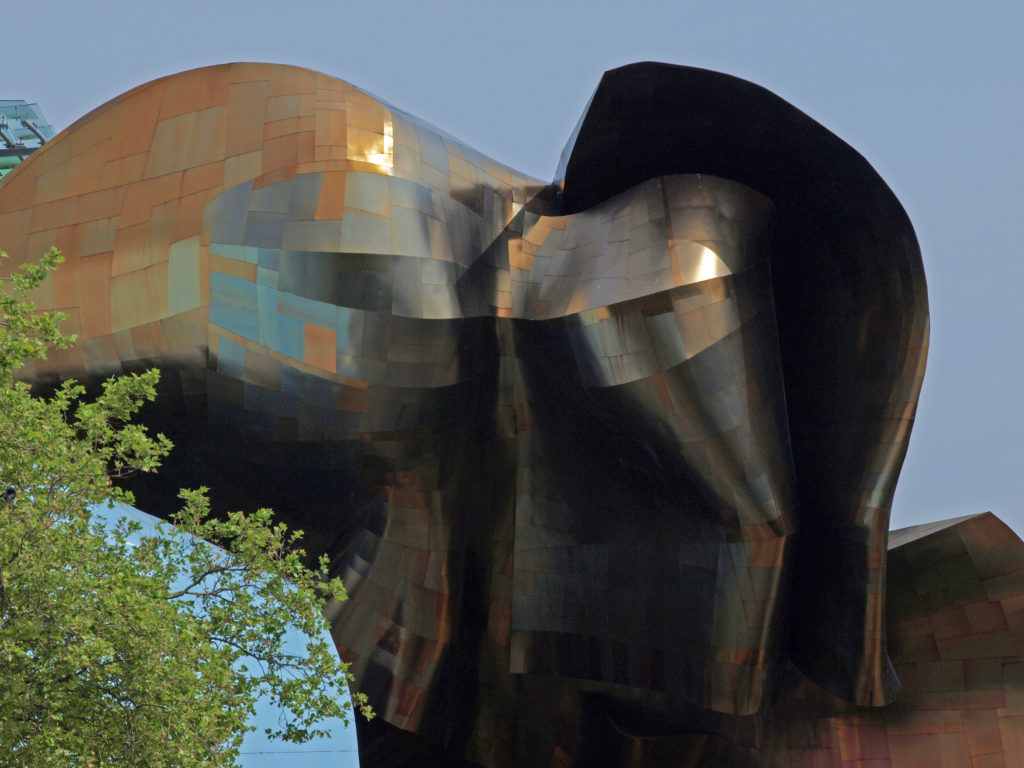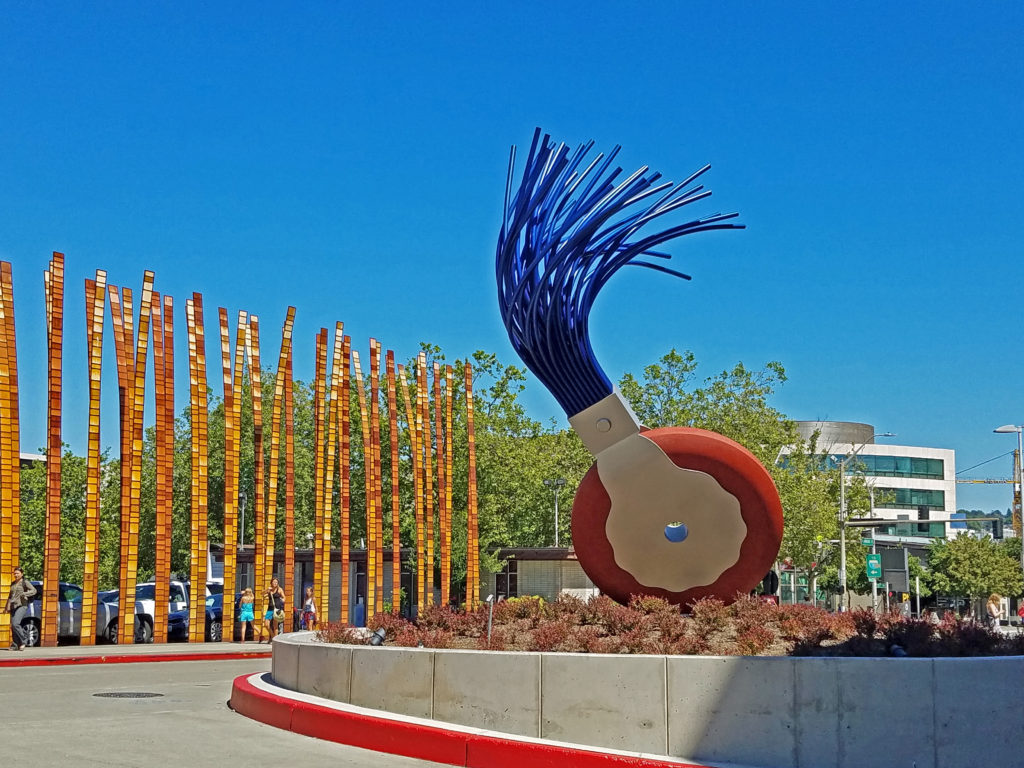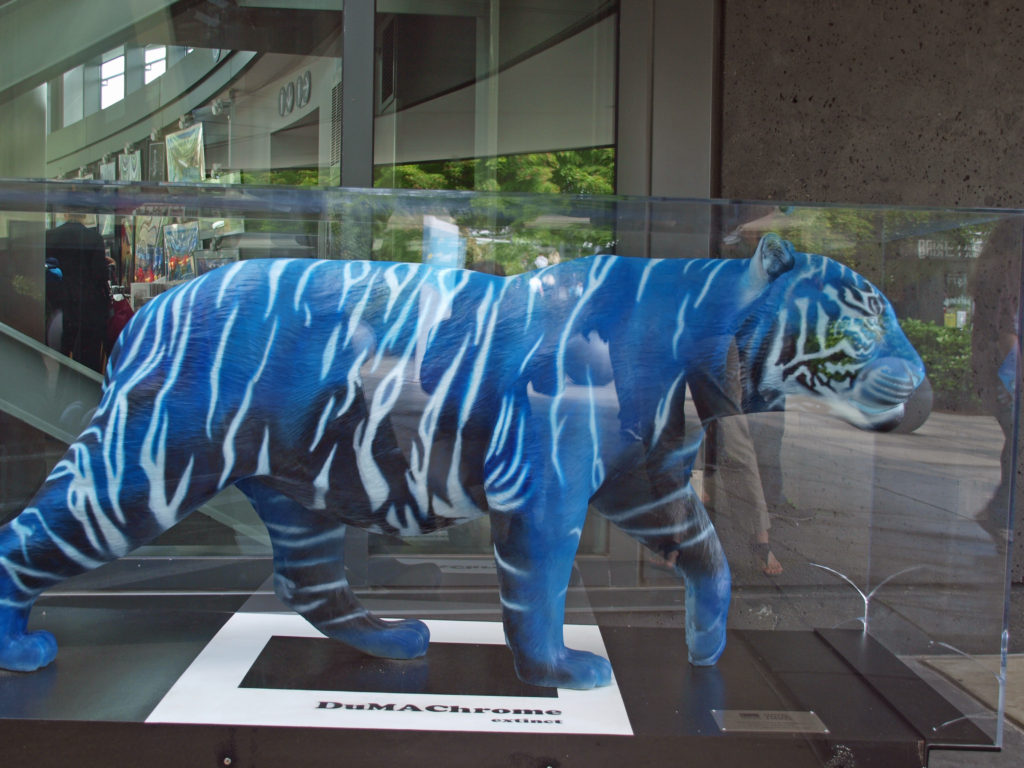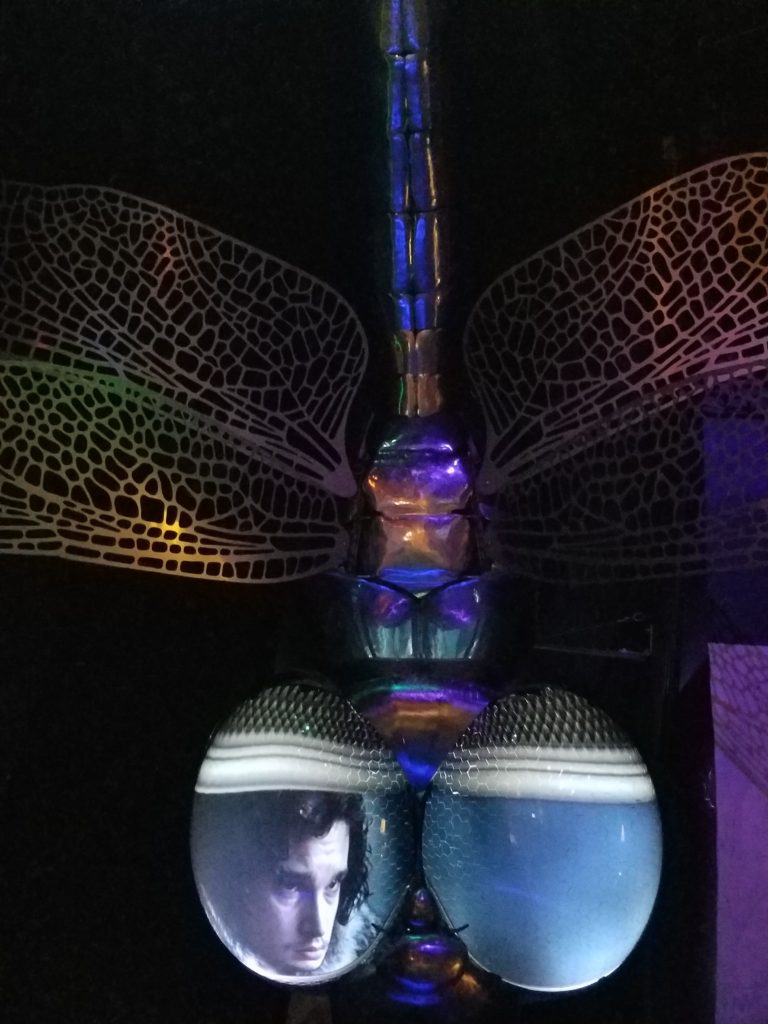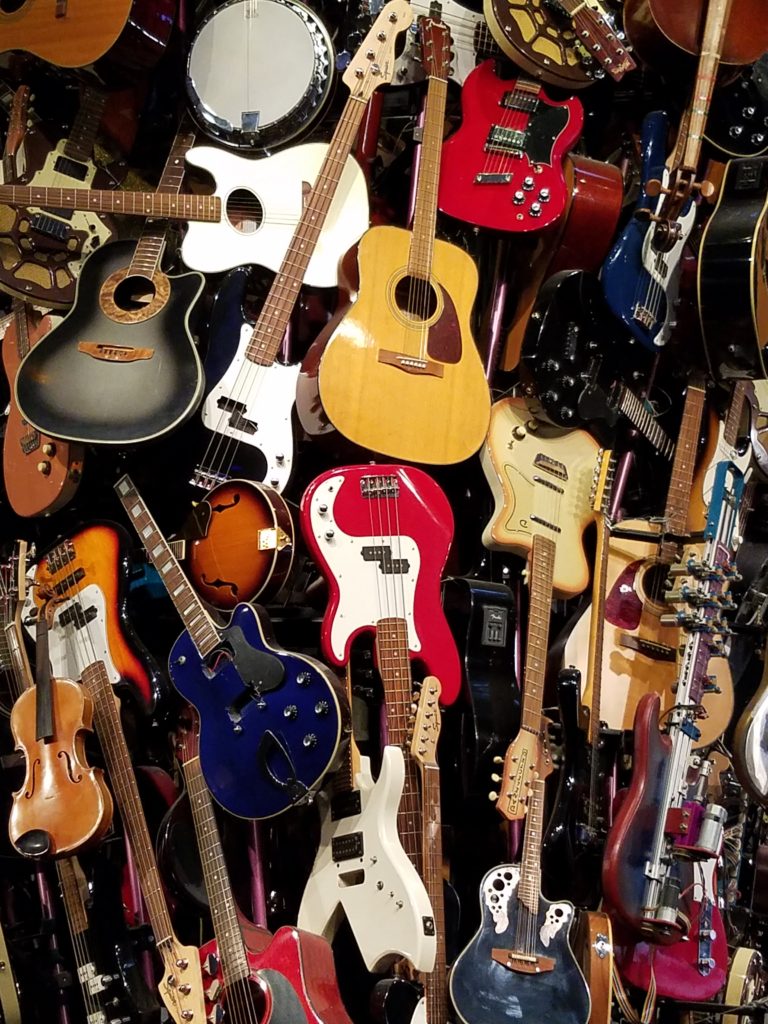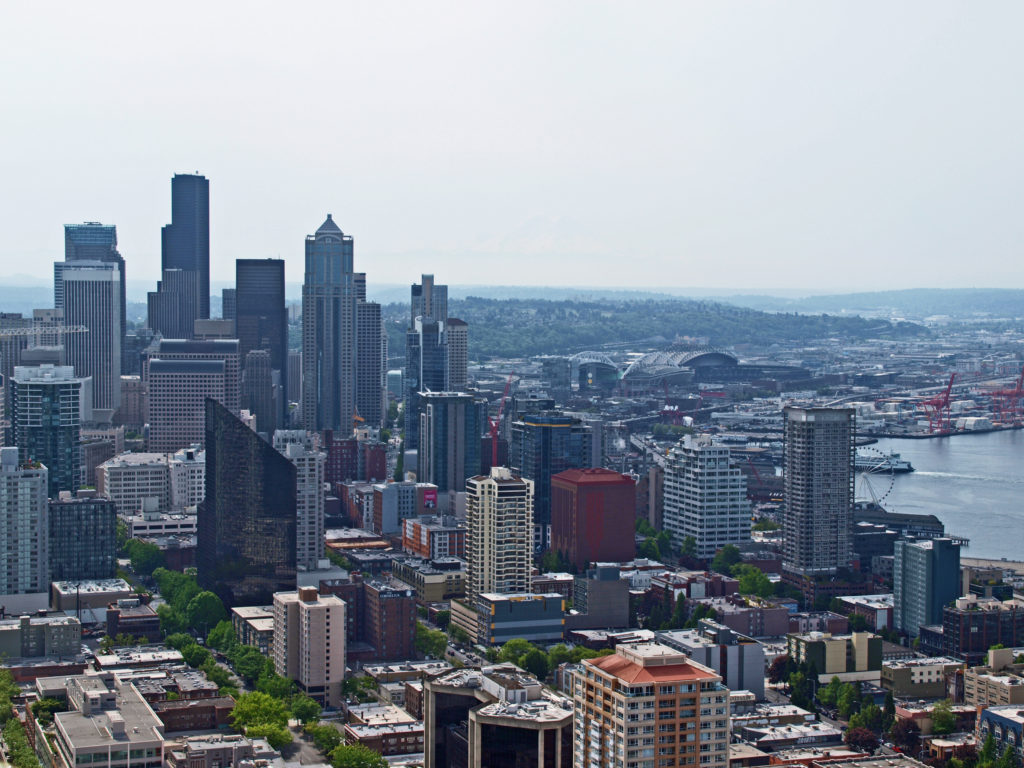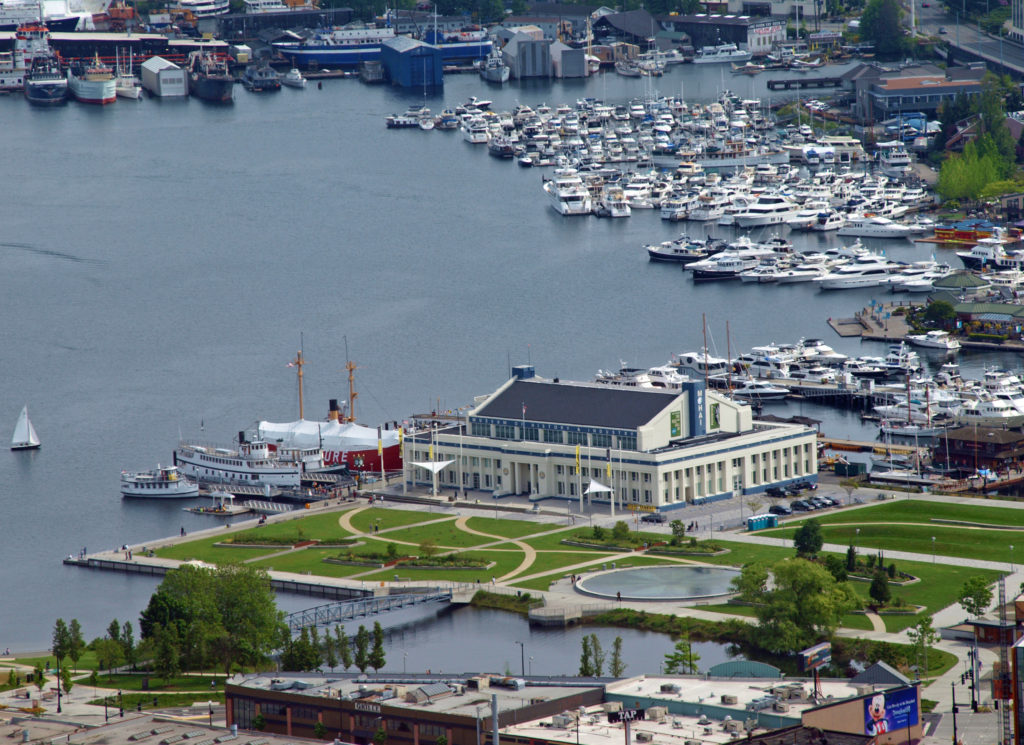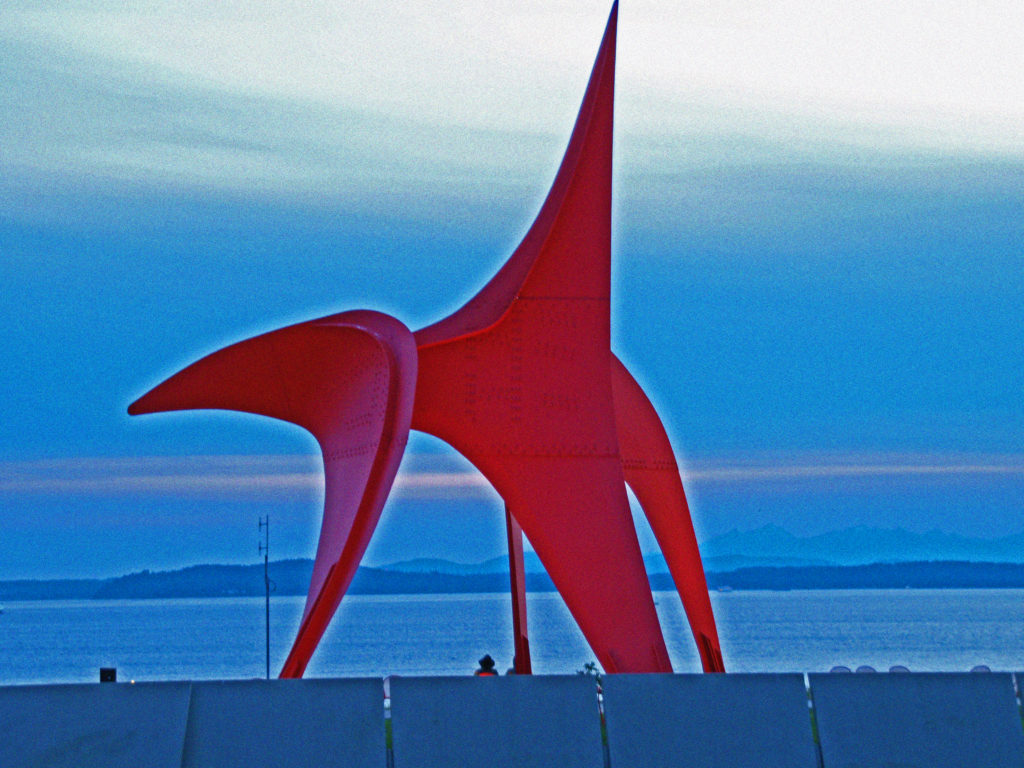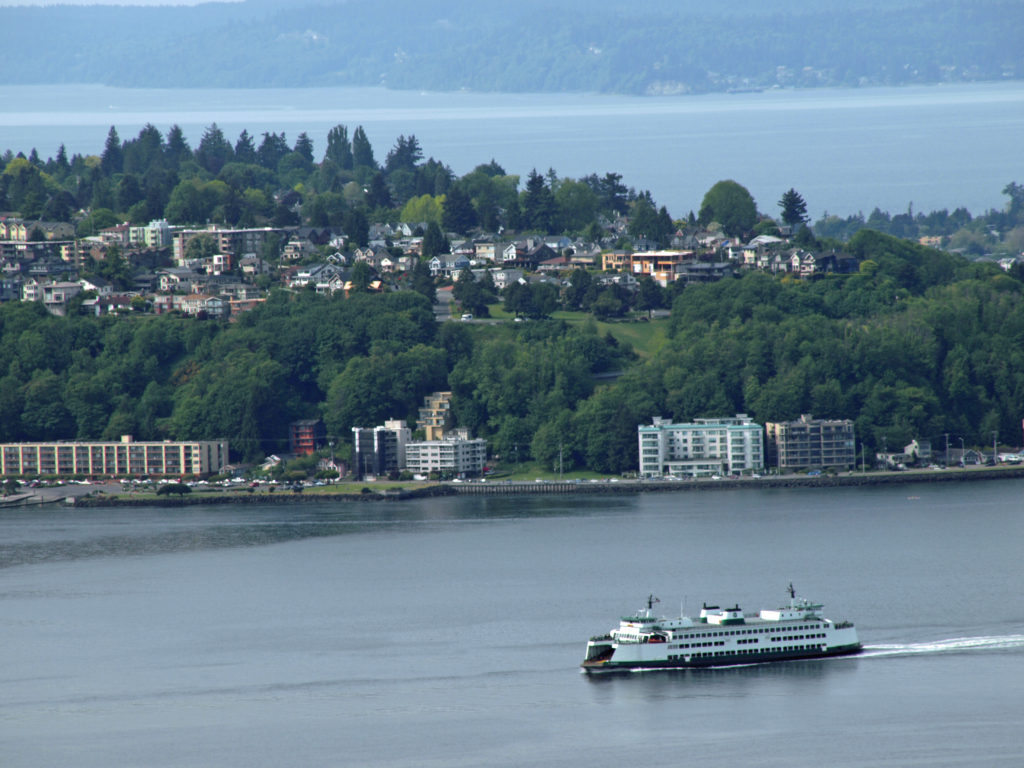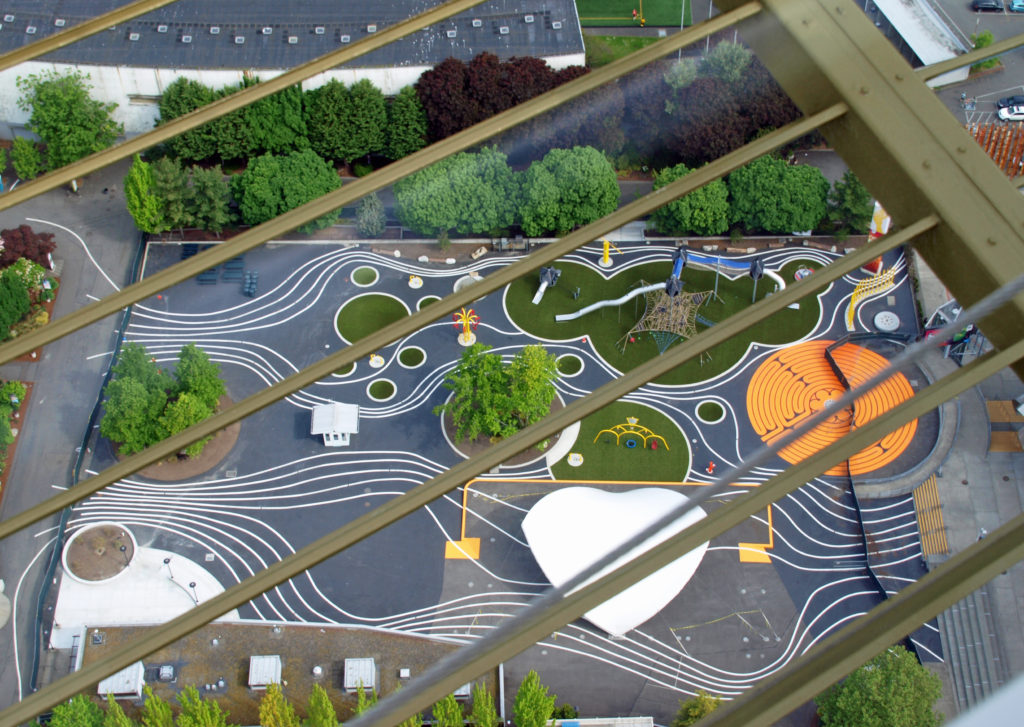by Alan K. Lee
Budapest, Hungary was one of the highlights of the Danube River cruise that my wife and I took in 2022. I knew very little about Budapest or any of that part of Europe before our visit, and it had never been very high on my bucket list of travel destinations. But some friends had visited Budapest a few years ago and liked the city, and for a variety of reasons my wife and I decided a river cruise would be a good way to ease back into international travel. So, we took the plunge and booked the cruise when Europe was reopening to foreign visitors and it looked like the pandemic was waning. (For more on river cruising in general, see the link at the end of this post).
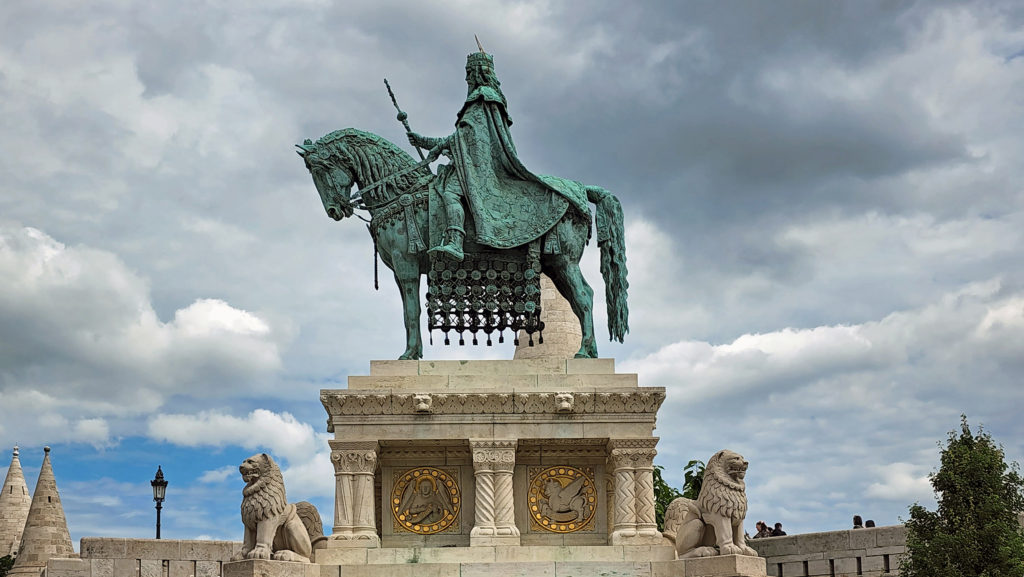
Among the many things that I found out on our visit is that Budapest is a truly ancient city. The area was originally settled by Celtic tribes more than 2000 years ago. The Romans established the city of Aquincum near the site of present day Budapest around 100 AD, and the area has been home to many different peoples over the past two milleniums, including Bulgarians, Magyars, and Ottoman Turks, who ruled the area for 150 years. After the Turks were driven out of Budapest in 1686, it became part of the Hapsburg Empire.

What is now Budapest was originally three cities, Buda and Obuda (Old Buda) on the west side of the Danube River, and Pest (pronounced “pesht”) on the east side. In 1849 the first bridge (the Chain Bridge) across the Danube was completed linking Buda and Pest. The three cities merged in 1873, creating the city of Budapest as we know it today.

One of the other things that I discovered is that the city’s long history and the many, diverse cultures that have contributed to the city’s growth over the centuries gives Budapest a unique character, unlike any of the other European cities that we’ve visited. And while it has a long history rooted in Eastern Europe, Budapest today has as much of a modern Western European vibe as it does an ancient Eastern European one.
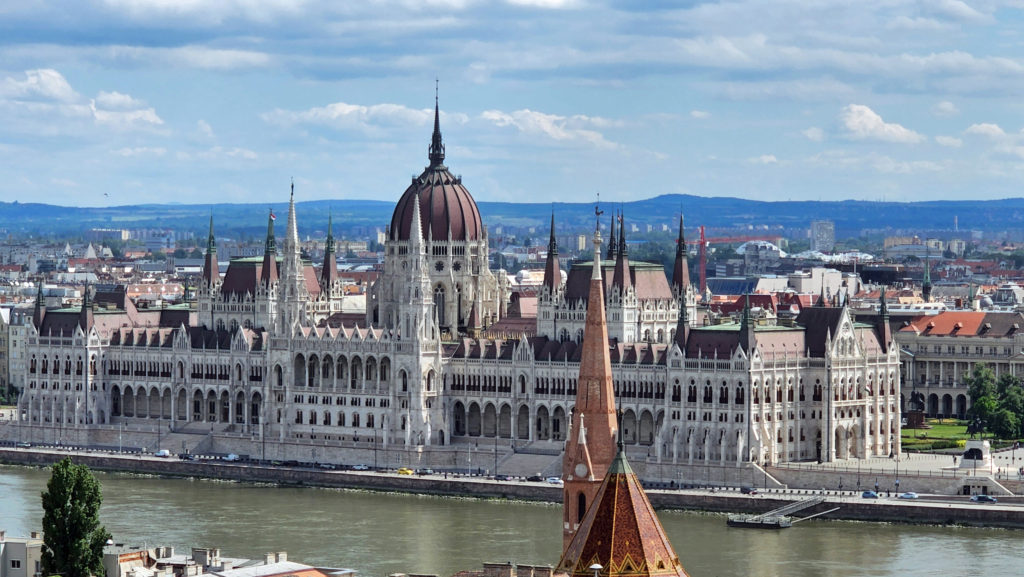
Another thing that I discovered is that Budapest is much bigger than I anticipated. The metropolitan area has a population of over three million, making it the second largest city on the Danube River. Only Vienna is larger. There is simply no way to experience all that Budapest has to offer in one short visit. We had only one evening and the following day to explore the city.
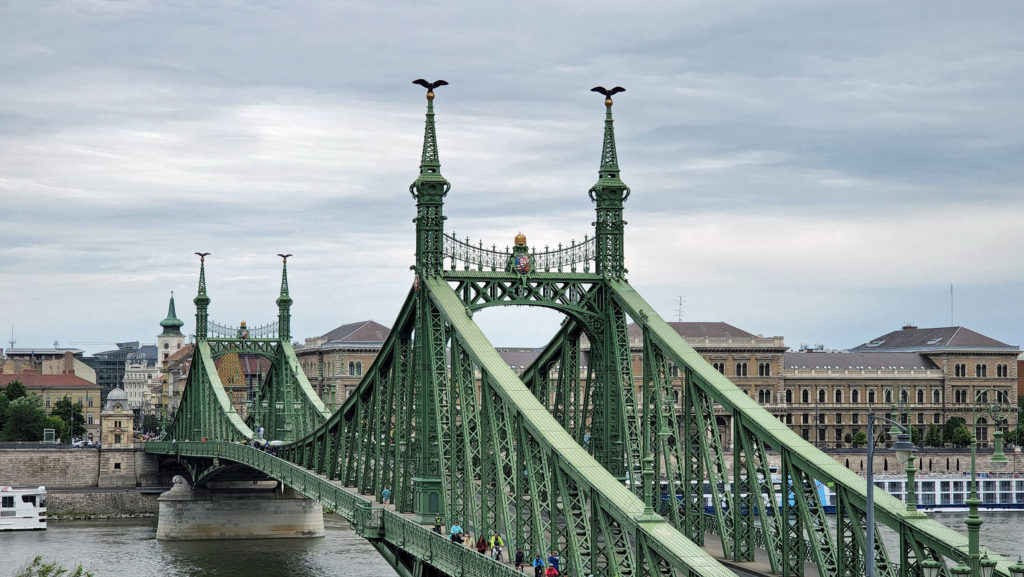
On our first evening there, we walked across the Liberty Bridge and did some exploring along the waterfront of the Buda side of the river. After crossing back to the Pest side, we briefly explored that side of the river before returning to the Viking “longship” that we would call home for the next week. We were pretty significantly jet lagged by that time, and called it a night after having dinner on the ship.
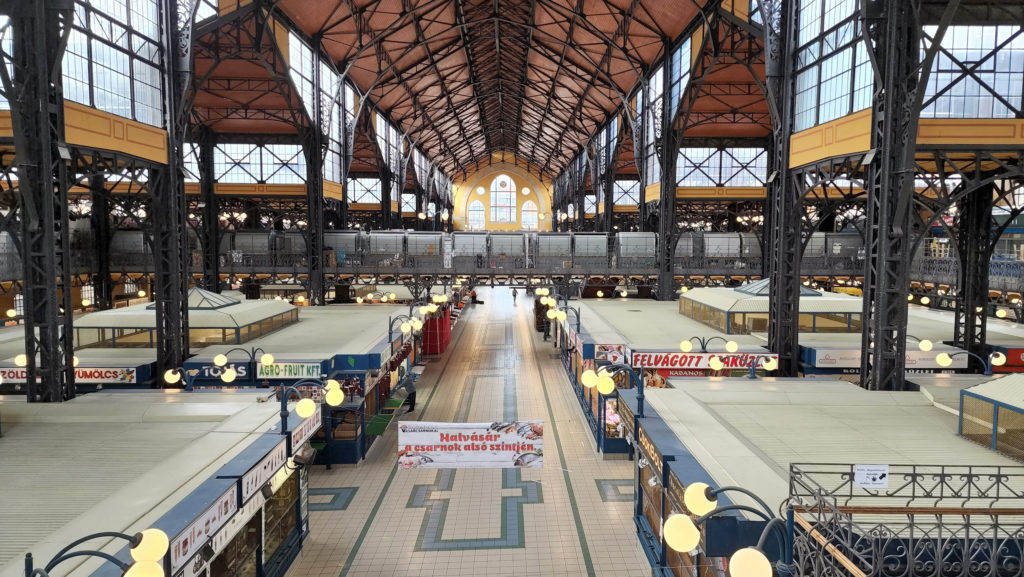
We were up early the next morning. Before breakfast we did some more exploring on the Pest side, including the huge Central Market. We were there early, though, and most of the market stalls were not yet open. That was followed by a guided tour that took us through Pest on a motor coach, then to Castle Hill on the Buda side of the river.

After a guided walking tour of Castle Hill we had some time to explore on our own. We didn’t have time to visit the Hungarian National Gallery, the Royal Palace, or the Castle Museum. But we were able to take in the magnificent architecture of the Matthias Church and the sweeping views of the city from the Fisherman’s Bastion, as well as the many splendid statues and other structures that adorn Castle Hill. It wouldn’t be hard to spend most or all of a day on Castle Hill. It is definitely one of the top attractions in Budapest.
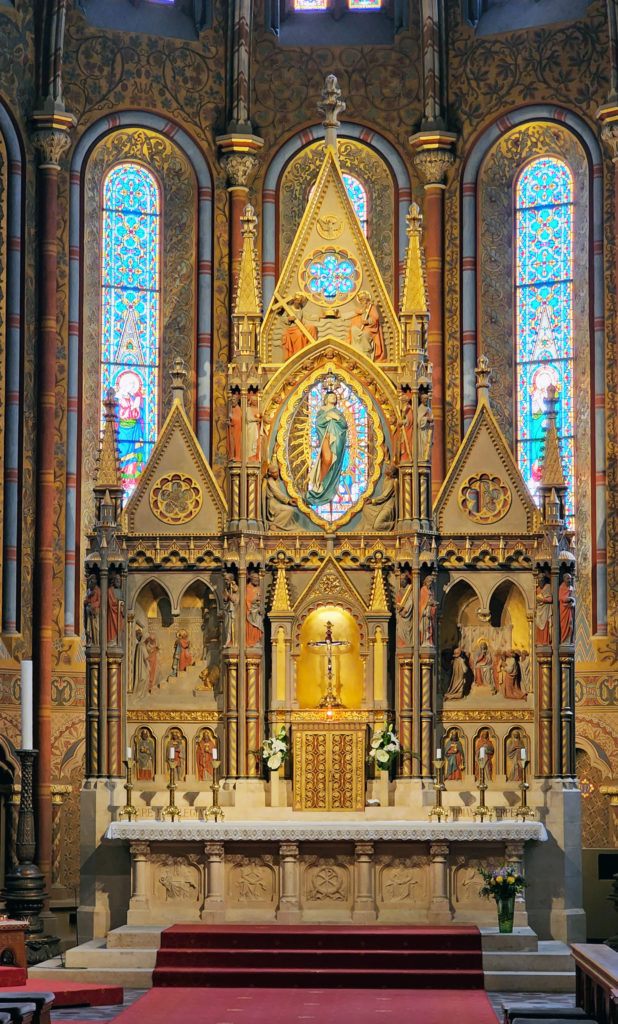
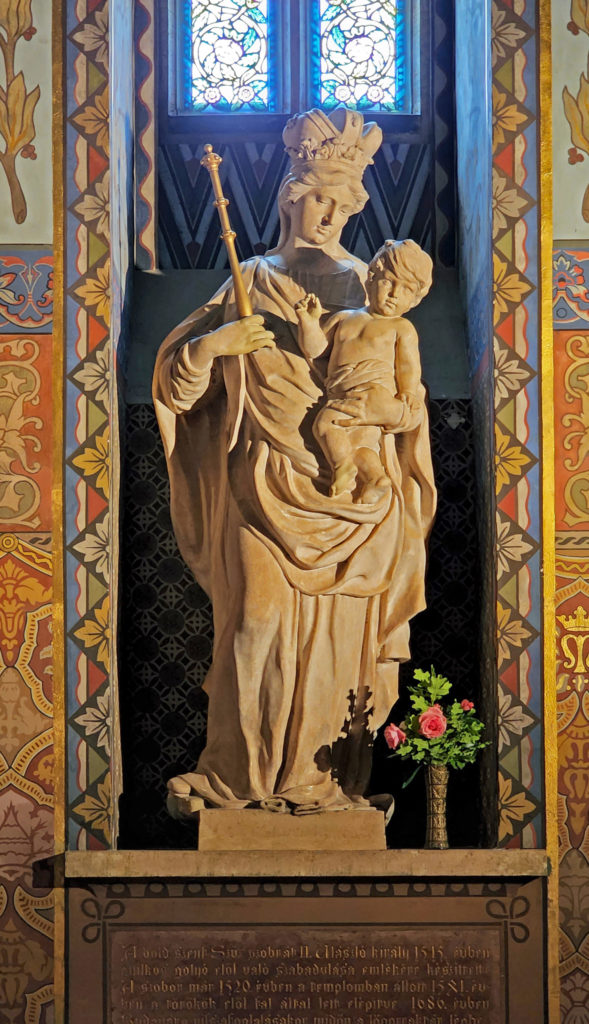

That afternoon we crossed the Liberty Bridge again and climbed to the Citadella and Liberty Monument on the summit of Gellert Hill (Gellert-Hegy). Unfortunately, both the Citadella and the Liberty Monument were undergoing renovations and were fenced off. But there were good views of the city and climbing the hill was a nice workout. Afterwards we took a different trail down to the river and crossed the Elizabeth Bridge to Pest where we had a couple of very refreshing beers at a local pub. (The prices listed were in Hungary’s official currency, the Forint, so I had no idea what those beers cost until I got my credit card statement. The two pints came to about $3.50 each.)
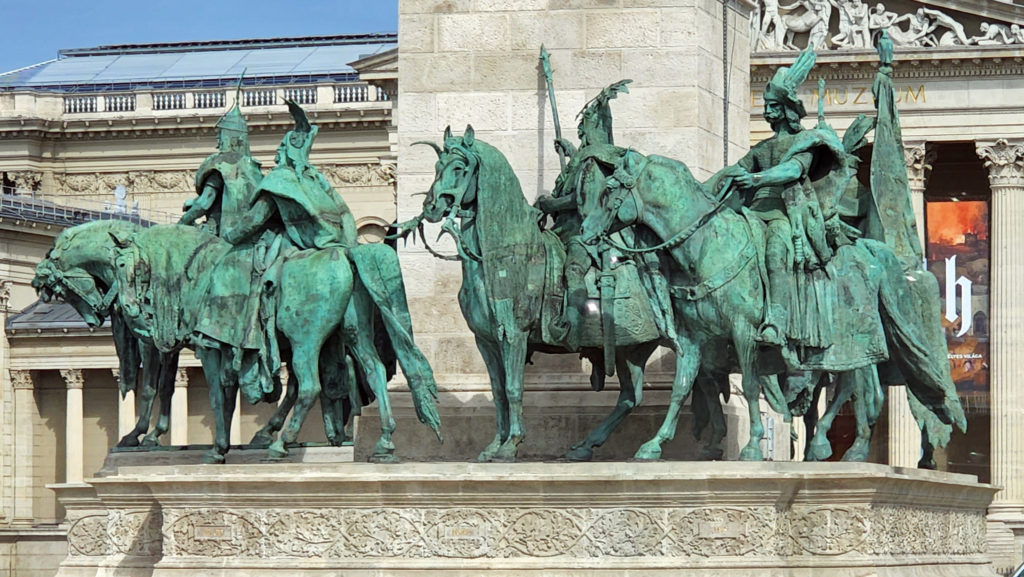
One of the advantages of a river cruise is that you get to see a lot of places and get at least a taste of the local history and culture. But the down side is that you don’t stay long enough in any one place to even begin to see everything worth seeing. That was certainly the case with our time in Budapest. It’s a magnificent city and I would love to come back when we have more time to explore its sights and dive into the culture a little more.
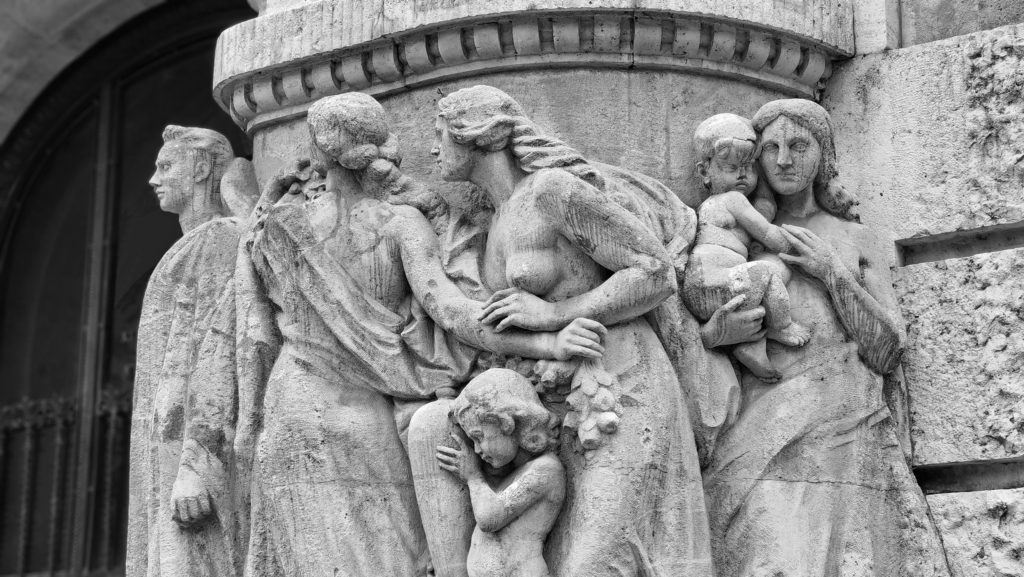
Visiting one of the city’s famous thermal baths is one of the many things that we didn’t have time to do. There are over a hundred thermal and mineral springs in Budapest and dozens of bath houses. I also wish we could have visited the Roman ruins of Aquincum. And I’d like to have spent more time on Castle Hill and explored more of the Pest side – City Park, Parliament, the Basilica of St. Steven, the Great Synagogue, and more. The list goes on. Unfortunately, we had to move on.
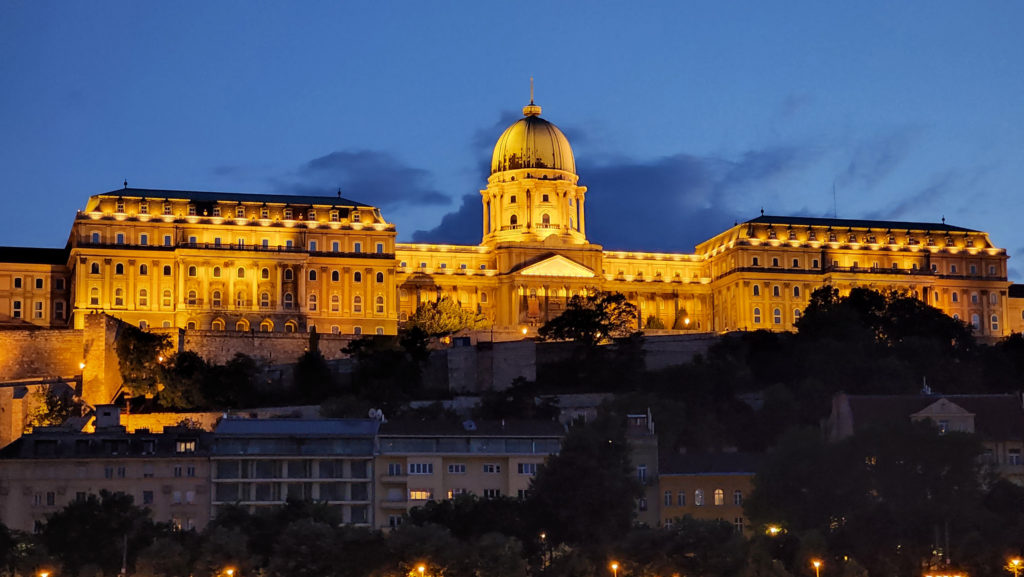

Our ship departed after sunset. Many of the buildings along the river front, the bridges, the Royal Palace, the Parliament Buildings, and Castle Hill were all lit up. It was a striking and very beautiful sight. Quite a nice way to leave the city. Hopefully, we will be back some day.
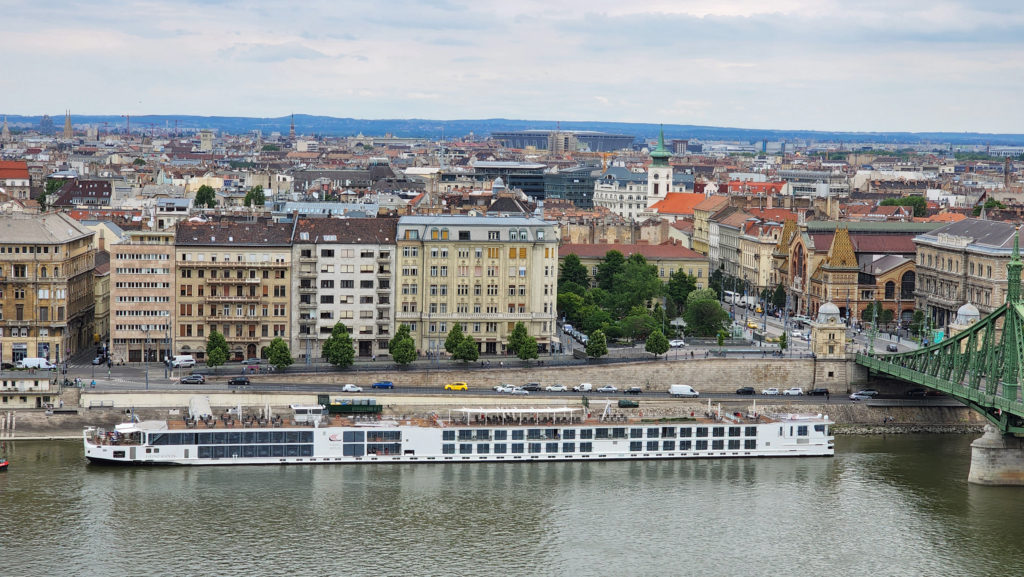
If you’ve never done a river cruise, but think you might like to, click here for more information on river cruising in general, and during the pandemic in particular. And look for future posts on this site about other places we visited on our cruise.
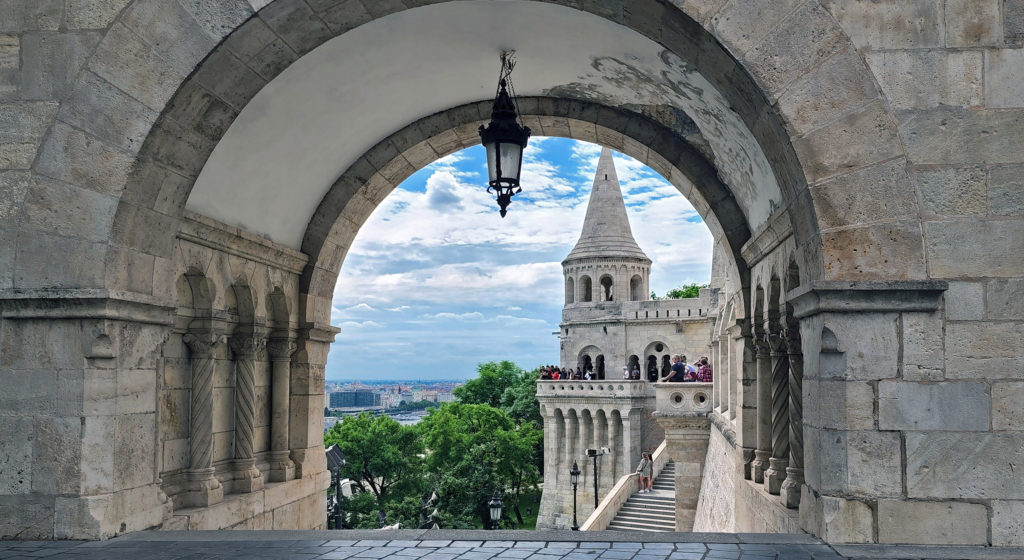
Posted July 15, 2022
All photos © Alan K. Lee

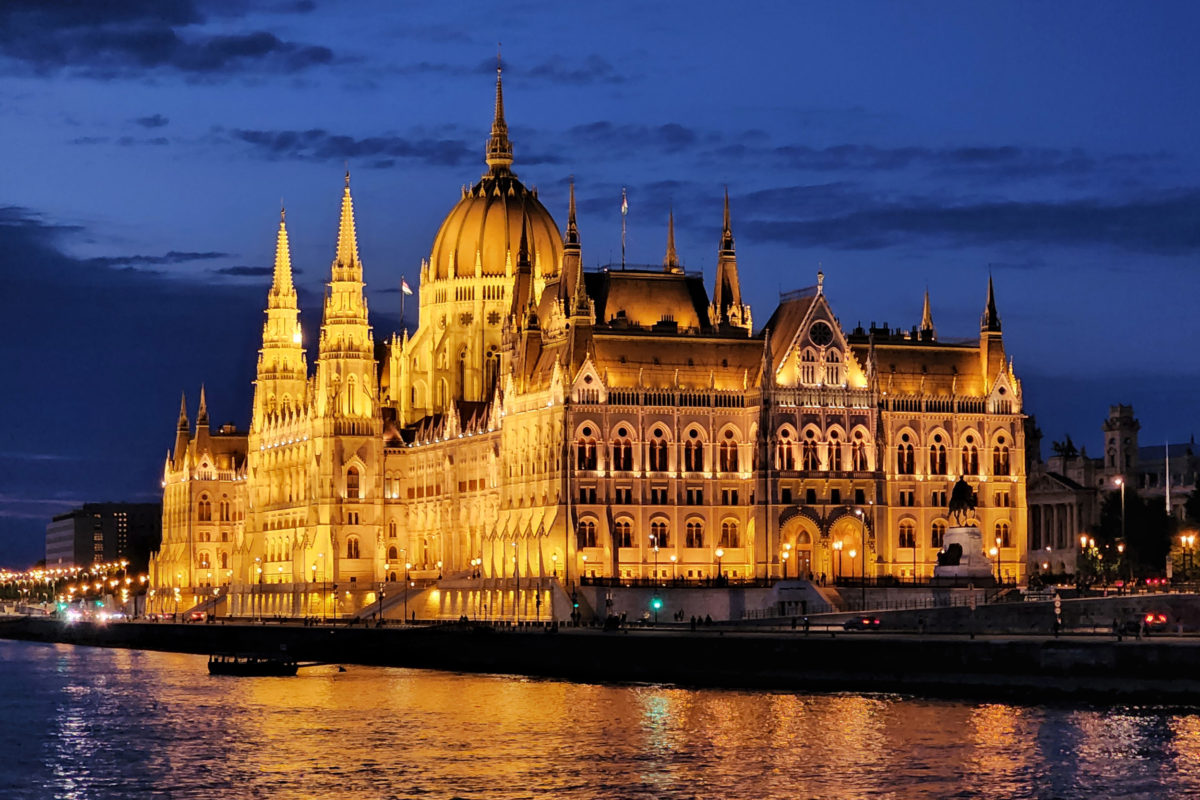
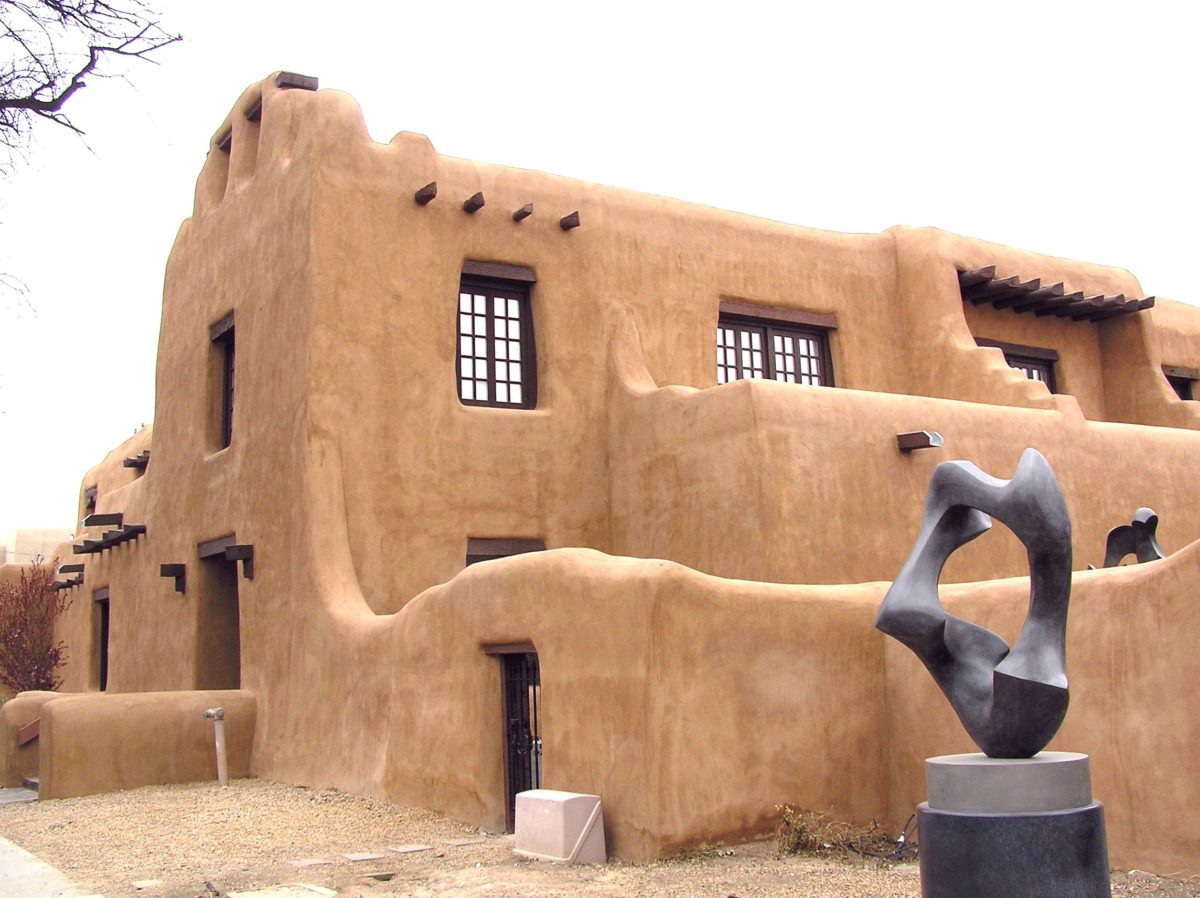
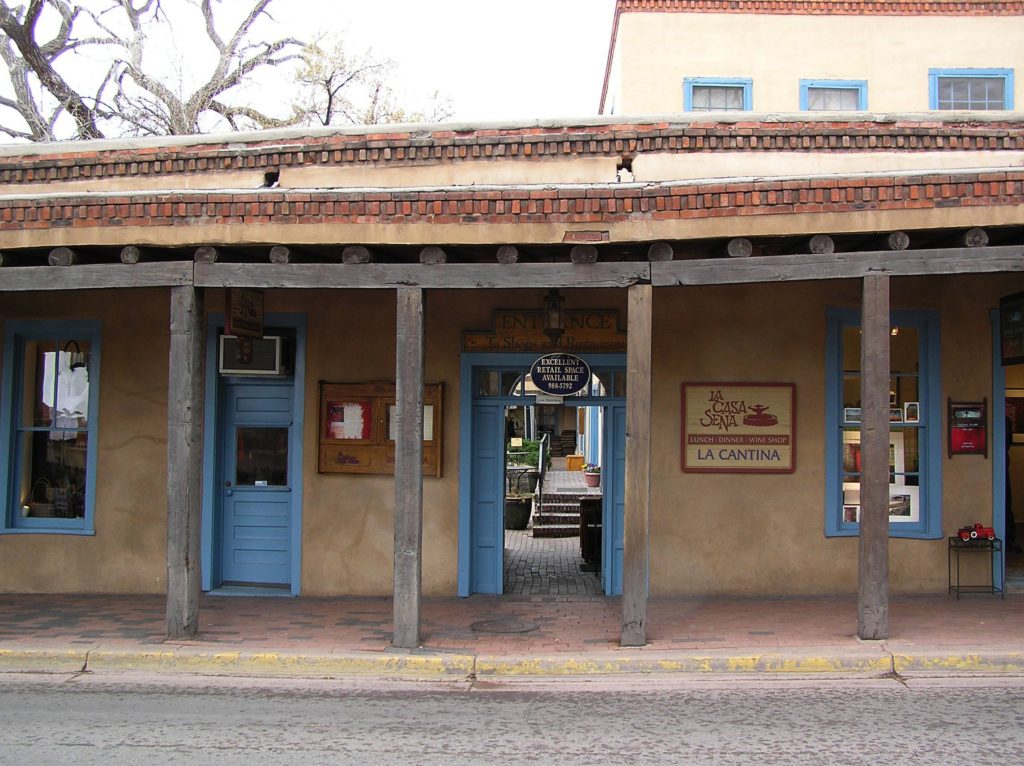
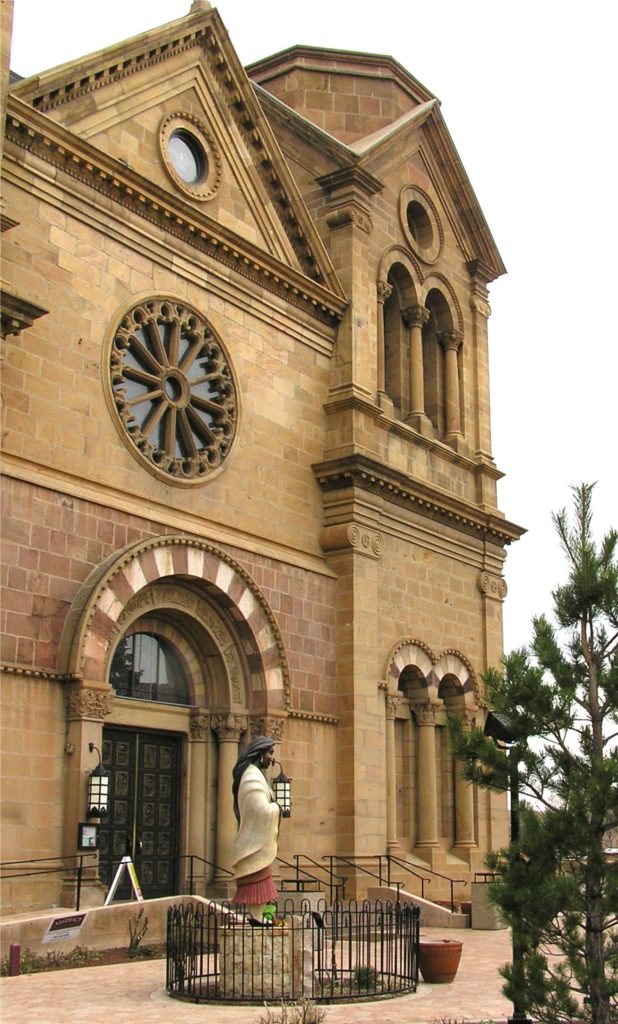

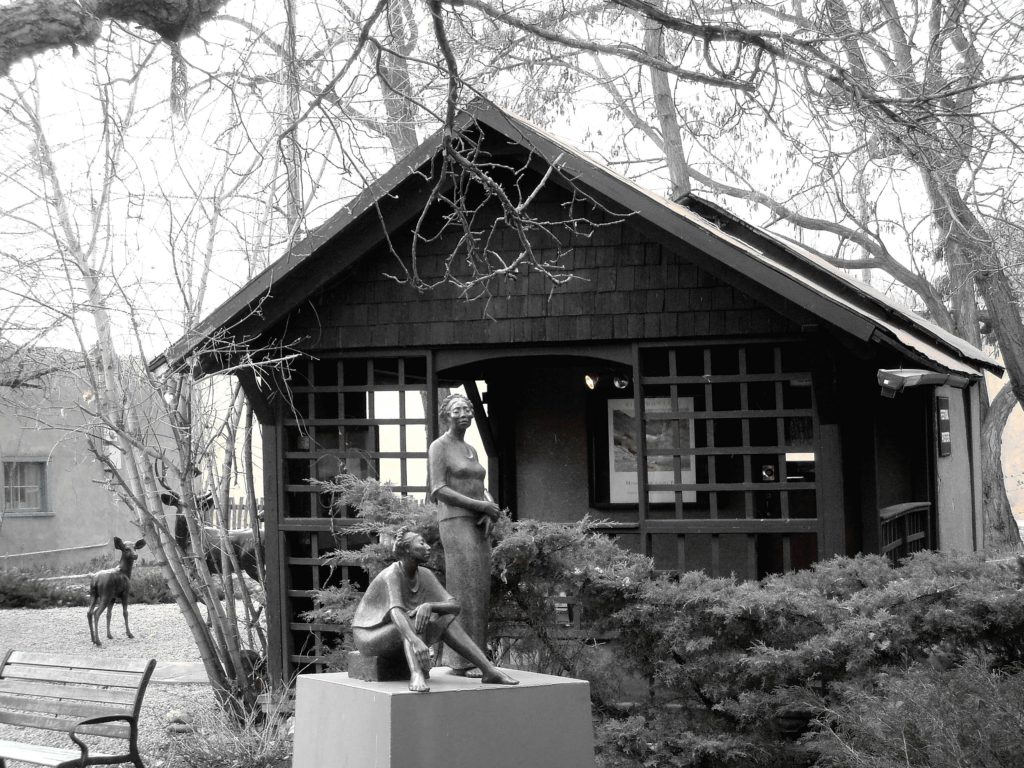
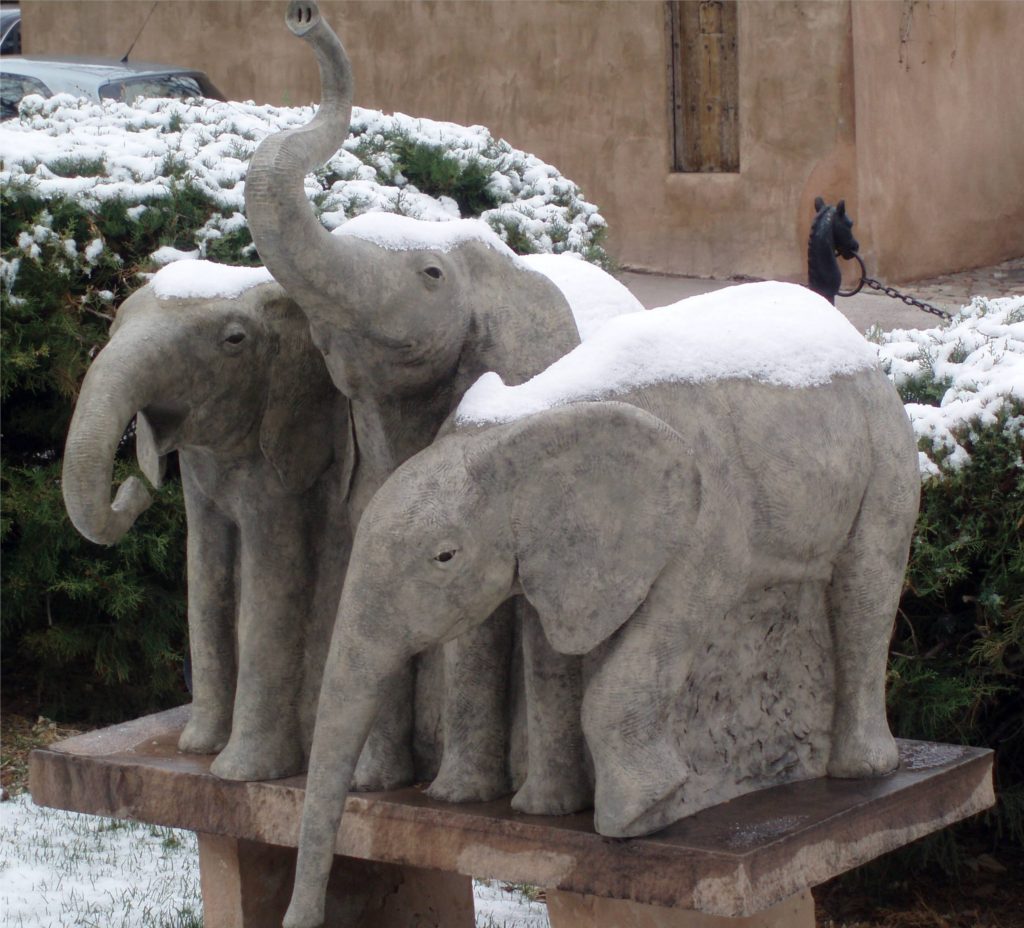 The Plaza is an ideal place to begin your exploration of Santa Fe, particularly if you are an art lover, as my wife and I are. The New Mexico Museum of Art and the
The Plaza is an ideal place to begin your exploration of Santa Fe, particularly if you are an art lover, as my wife and I are. The New Mexico Museum of Art and the 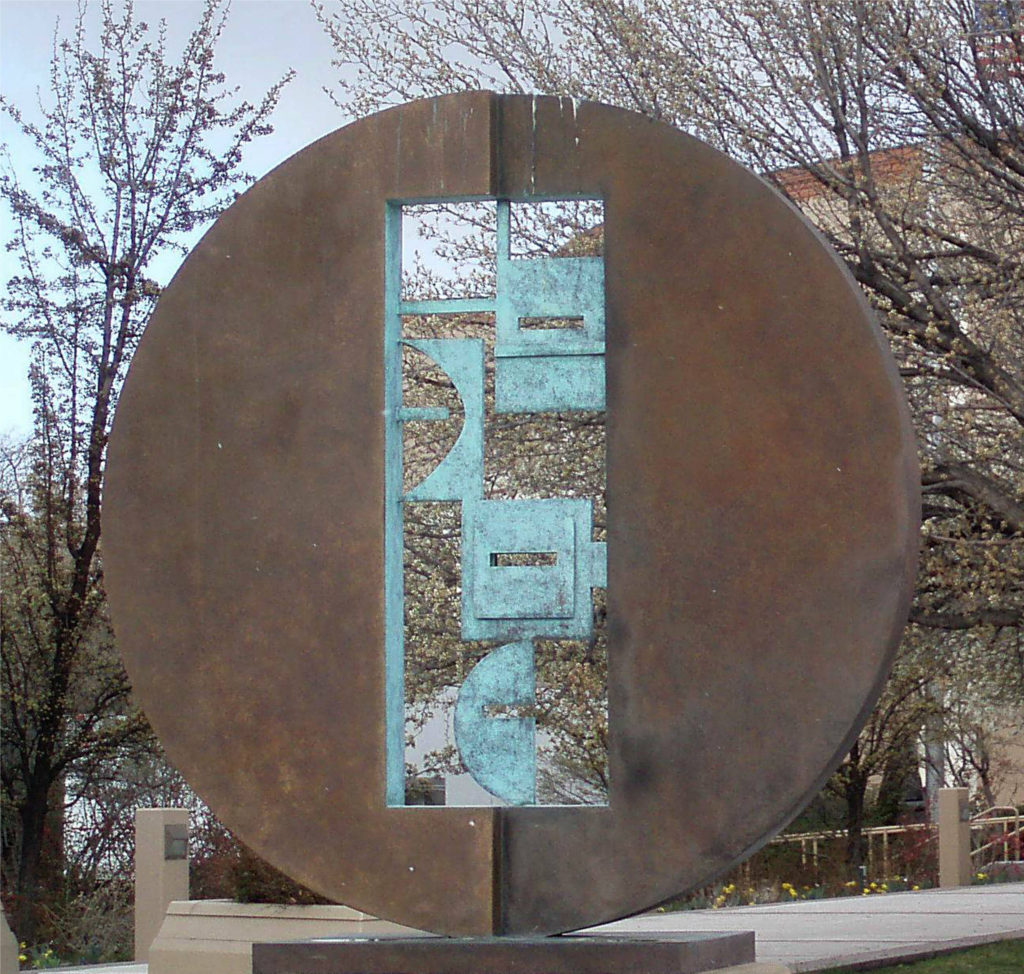
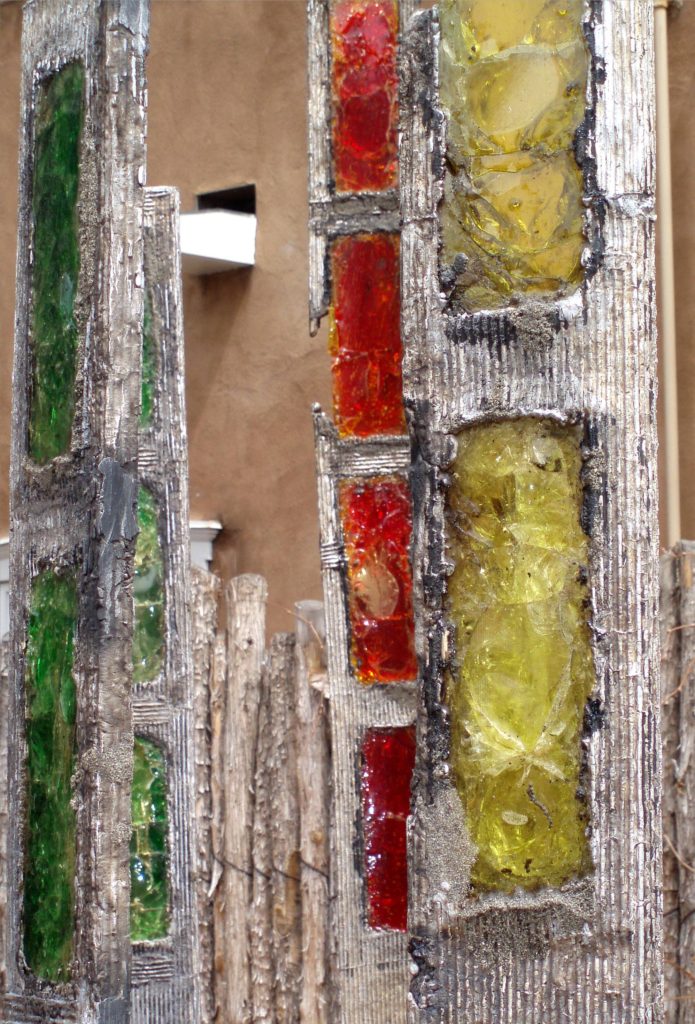
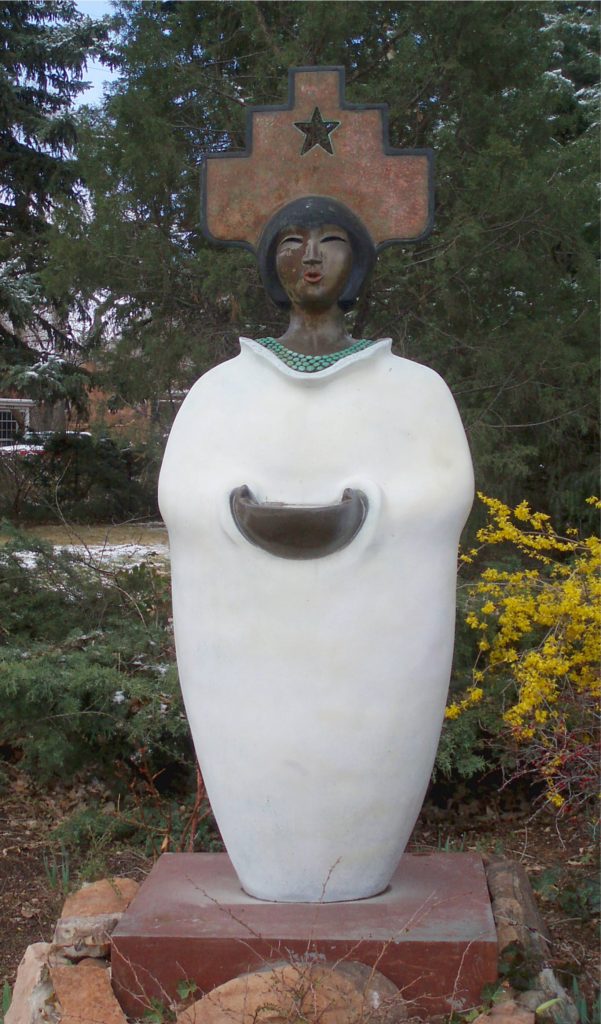 Of course there are plenty of things to see and do in Santa Fe beyond just the visual arts and local history. The Tourism Santa Fe
Of course there are plenty of things to see and do in Santa Fe beyond just the visual arts and local history. The Tourism Santa Fe 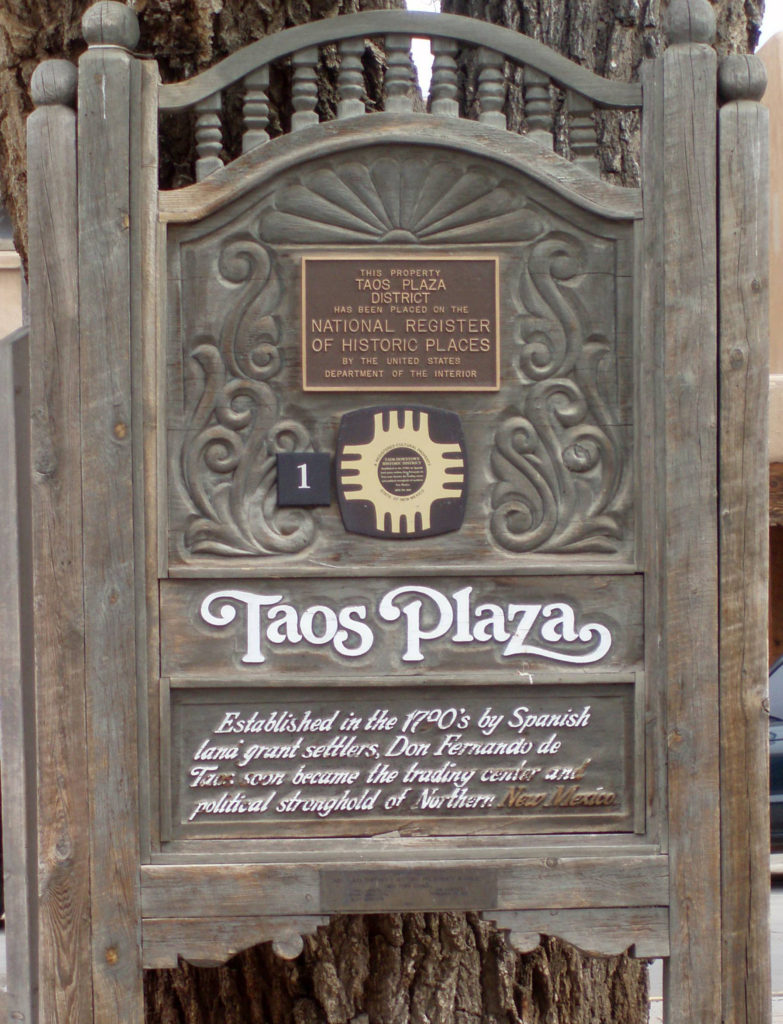
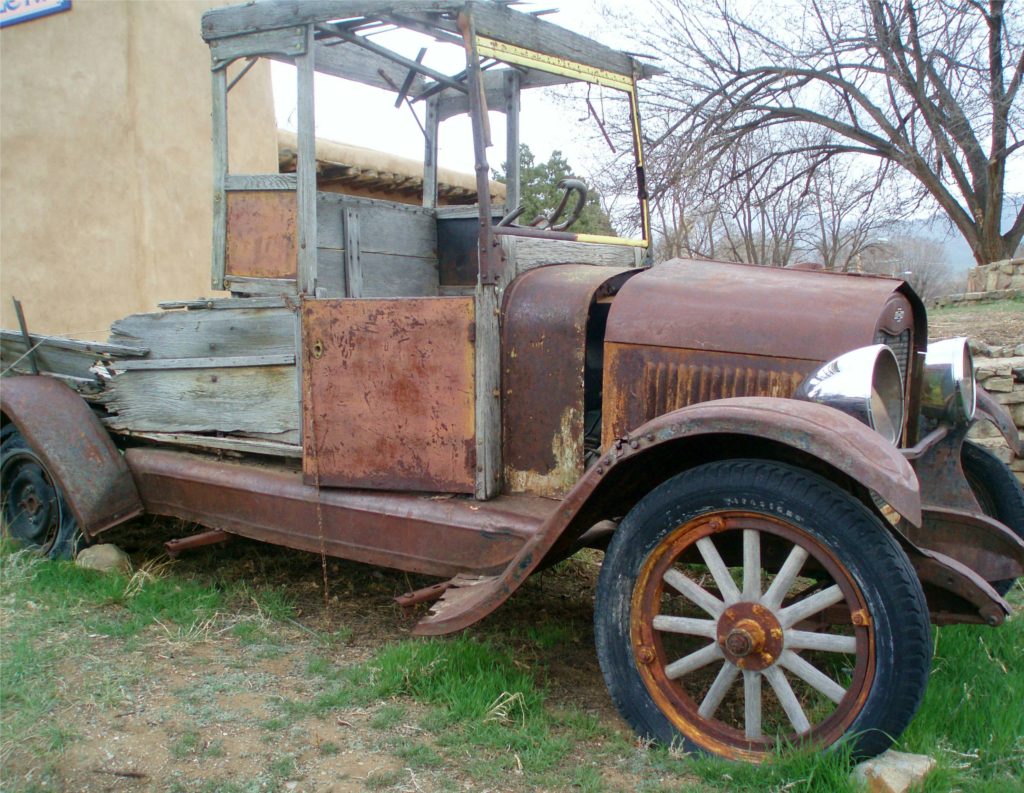 Puebloan history and culture is an even more pronounced component of modern day Taos than it is in Santa Fe. The nearby
Puebloan history and culture is an even more pronounced component of modern day Taos than it is in Santa Fe. The nearby 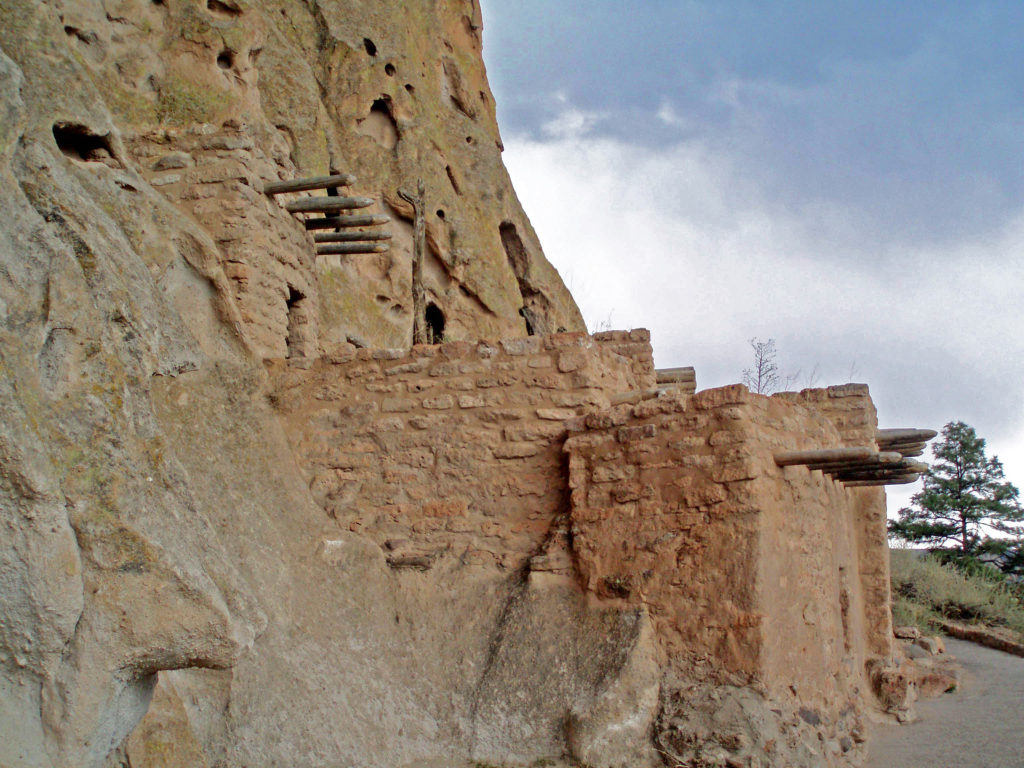
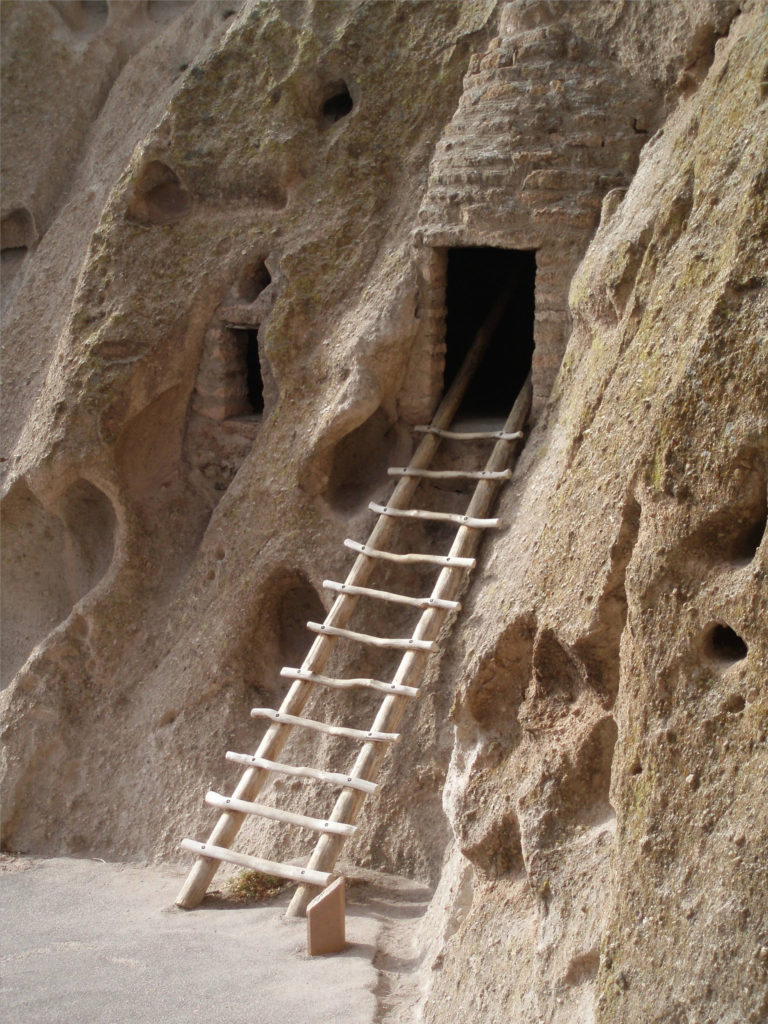
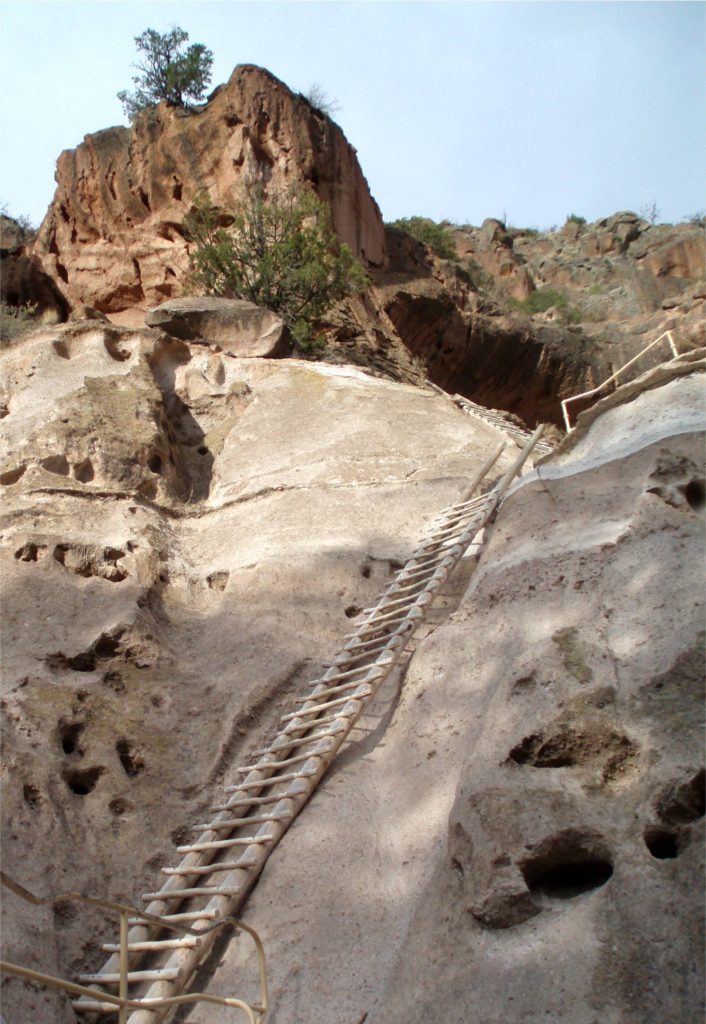
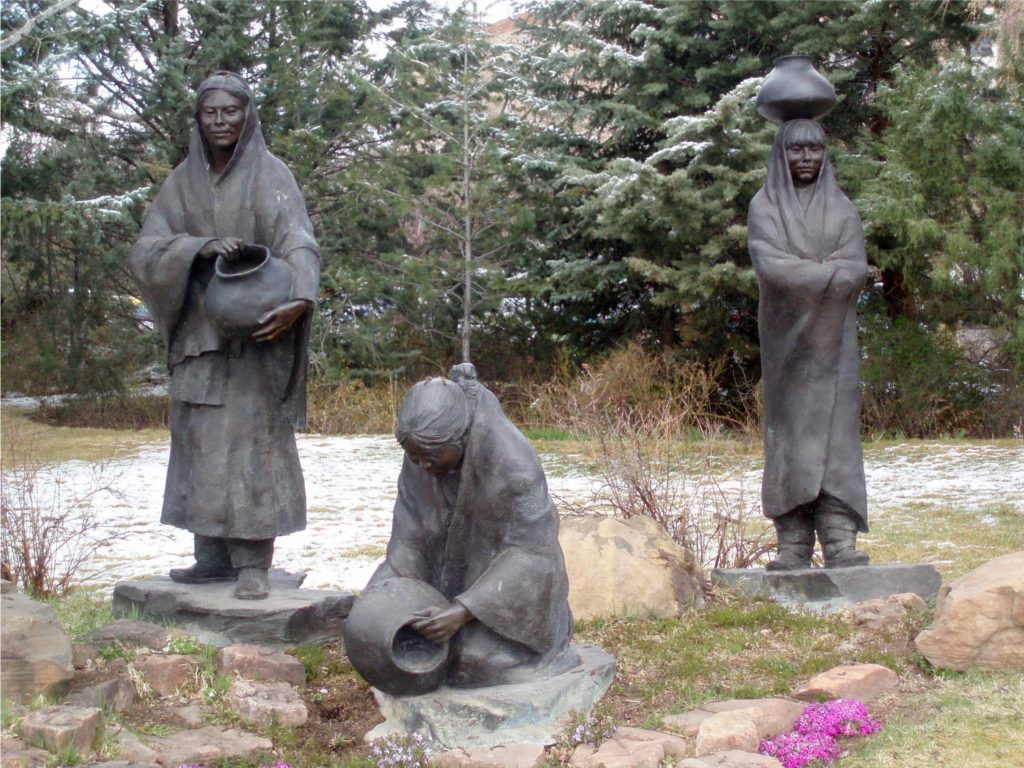
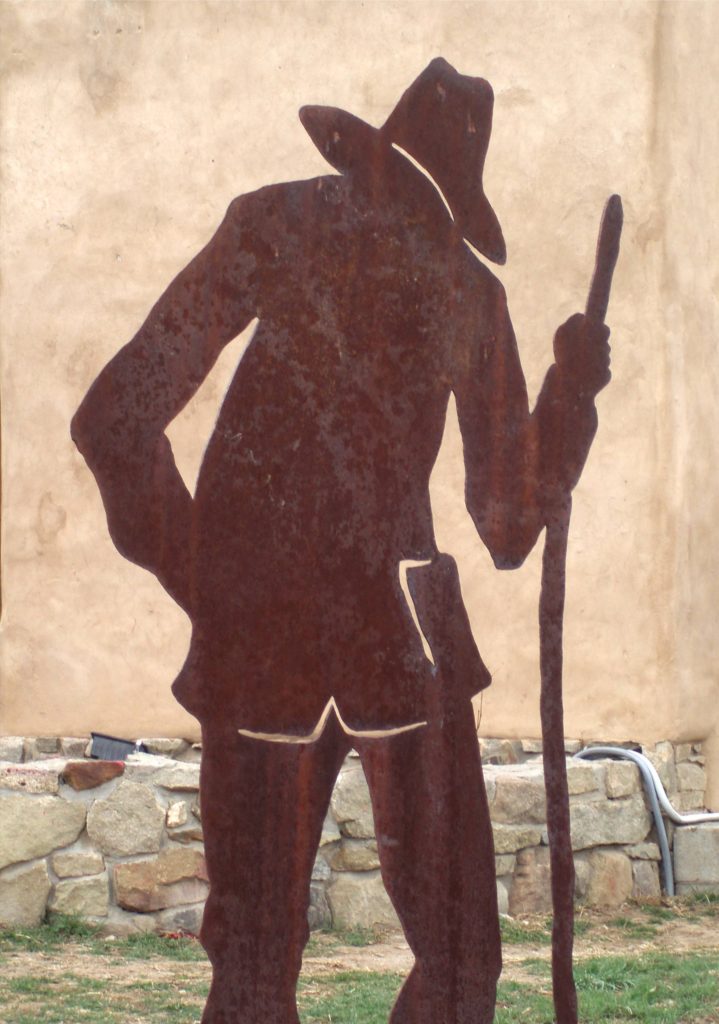
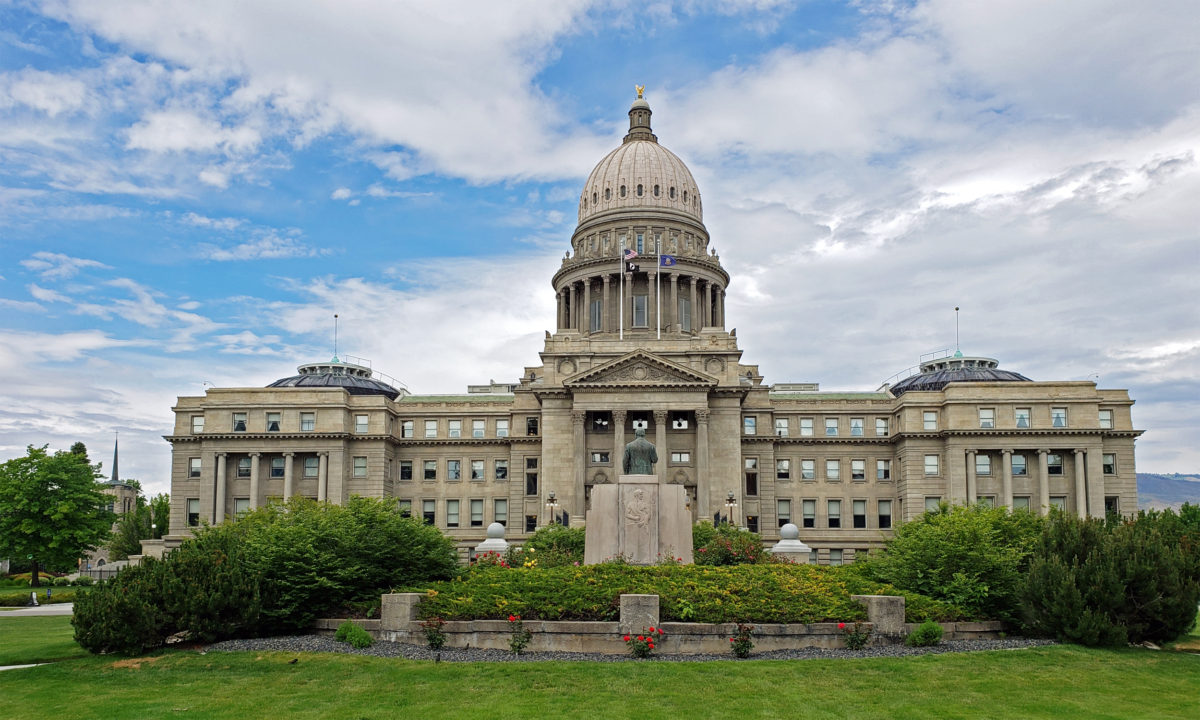
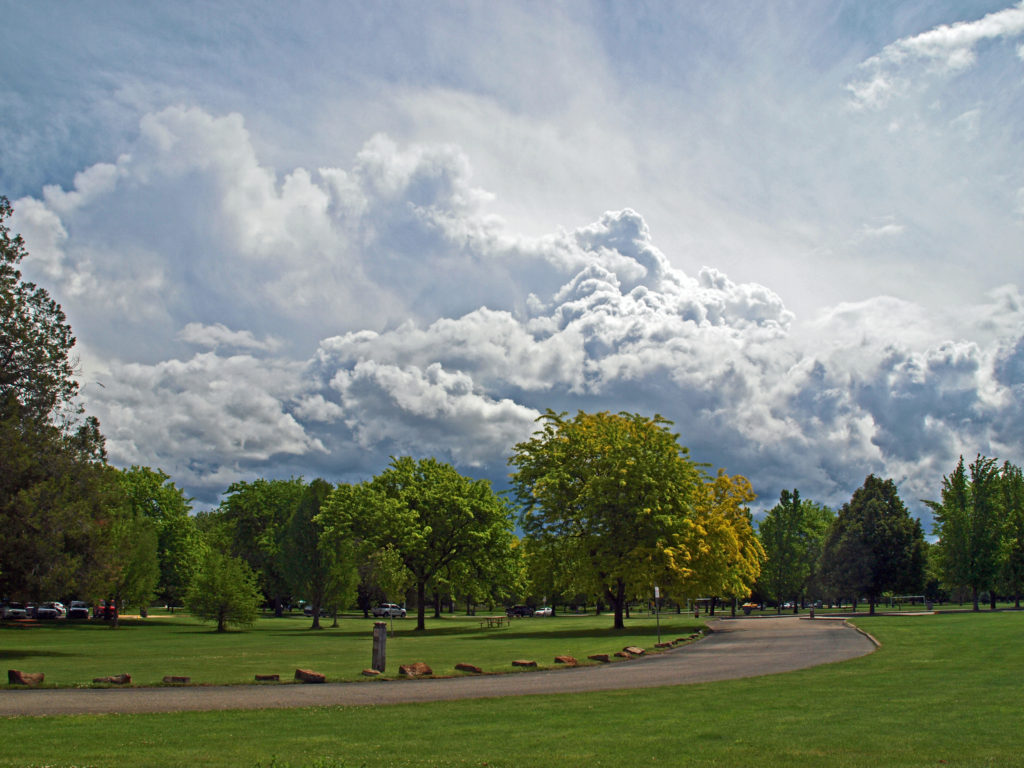 Boise is Idaho’s capital and largest city, with a metropolitan area population of around 750,000. It’s large enough to have many of the amenities of a big city, but small enough to still retain something of a small town feel. And it’s a surprisingly modern and cosmopolitan city, blending elements of both West Coast and Rocky Mountain cultures.
Boise is Idaho’s capital and largest city, with a metropolitan area population of around 750,000. It’s large enough to have many of the amenities of a big city, but small enough to still retain something of a small town feel. And it’s a surprisingly modern and cosmopolitan city, blending elements of both West Coast and Rocky Mountain cultures.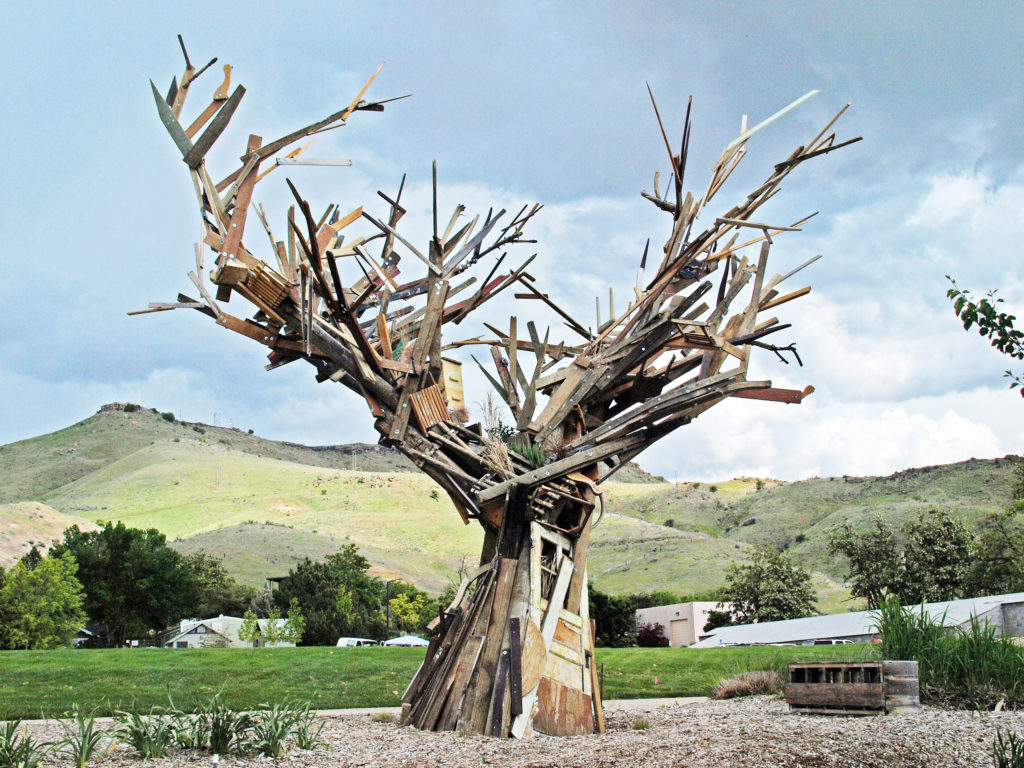
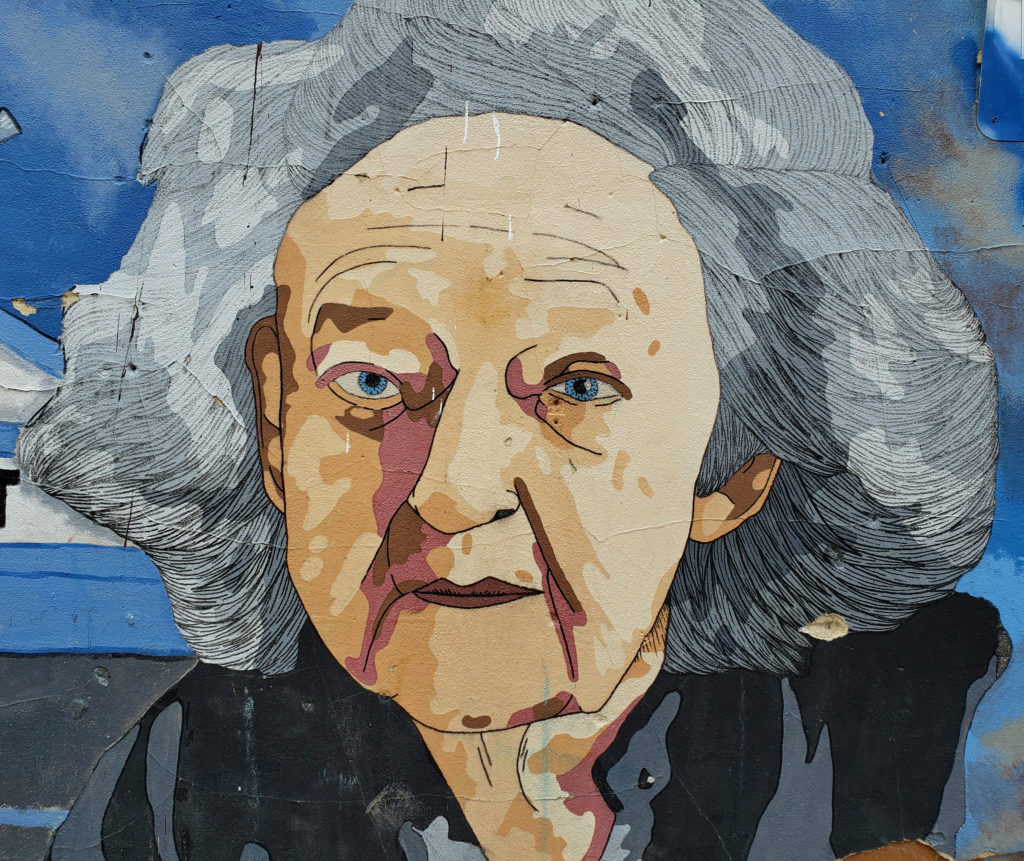

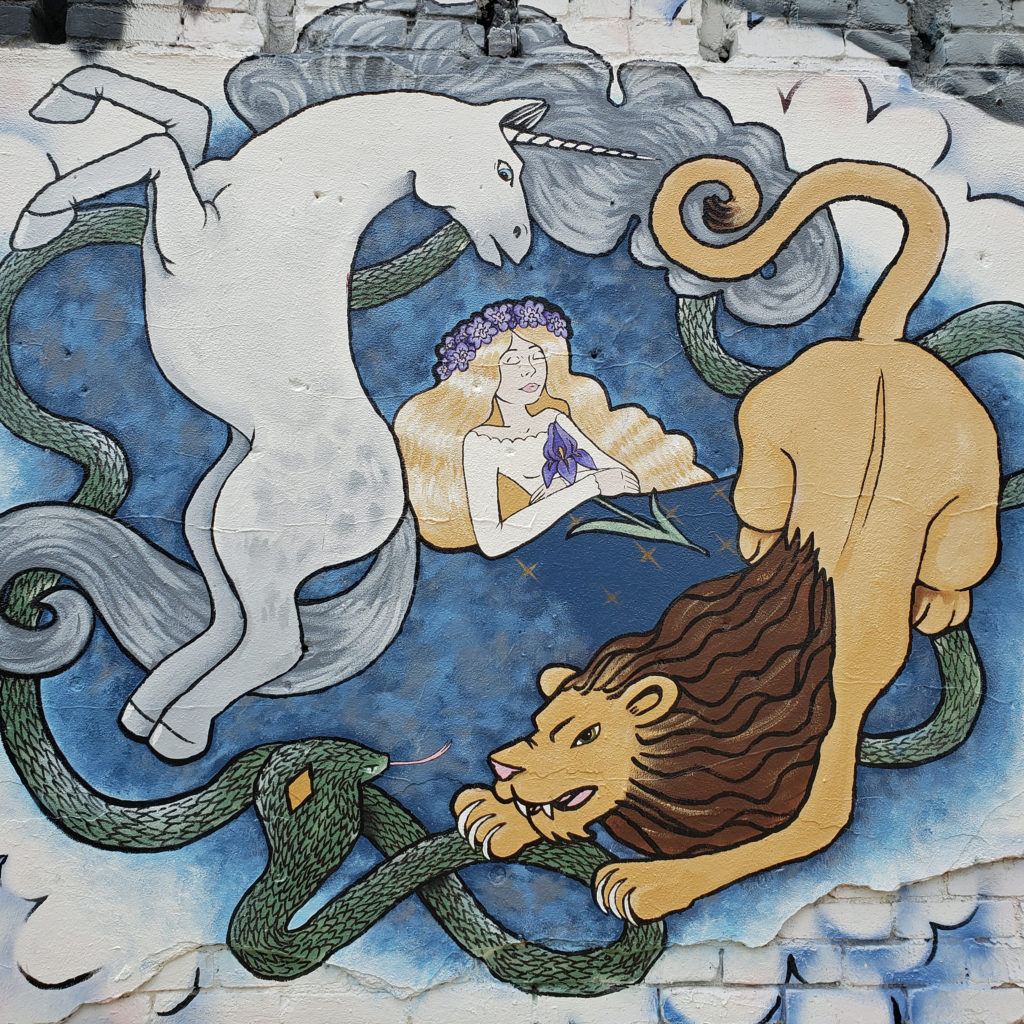
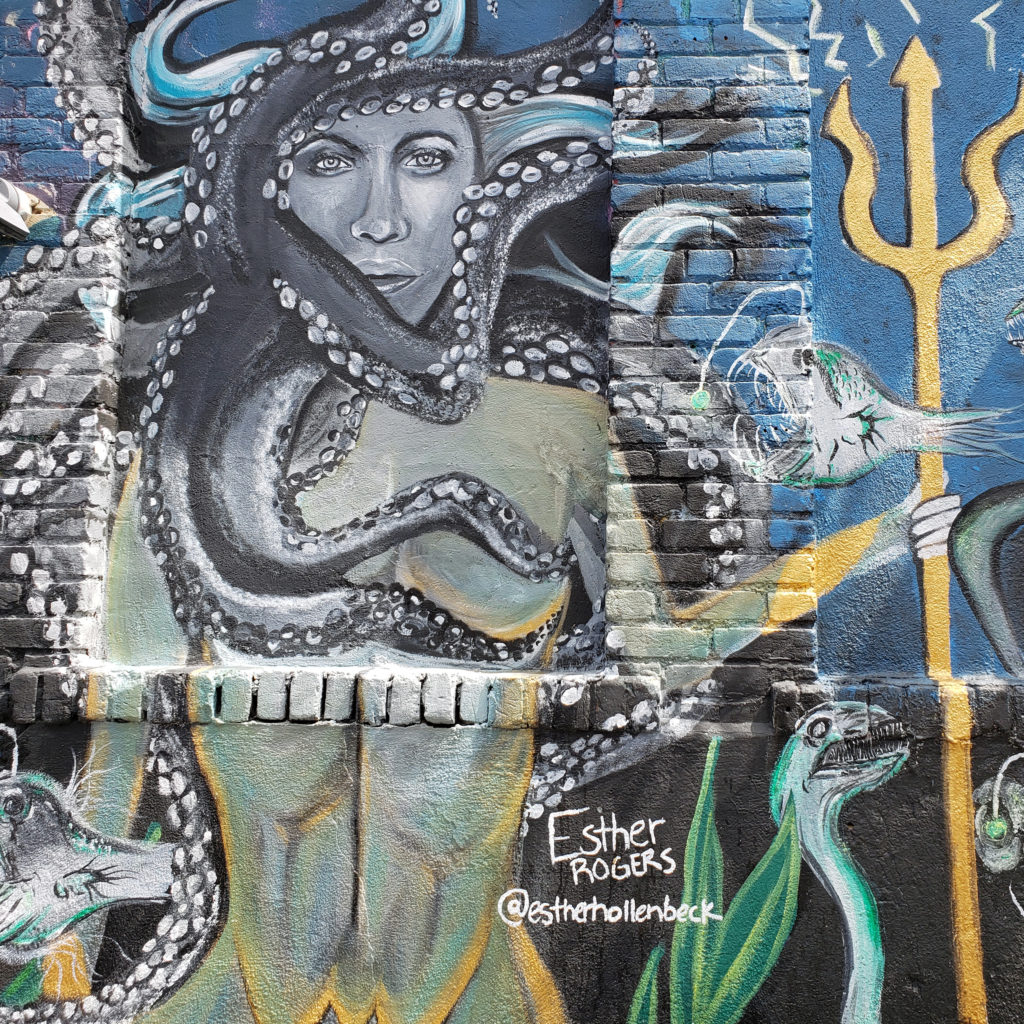
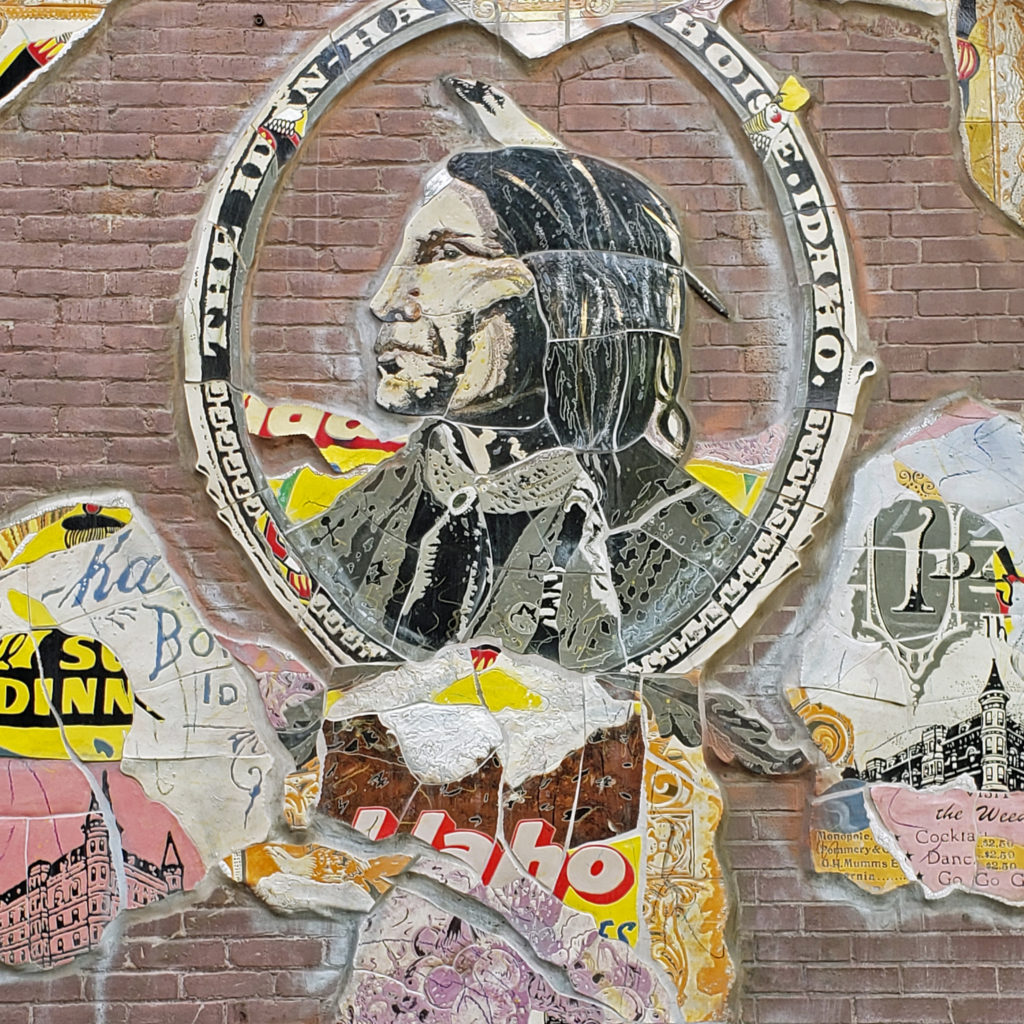
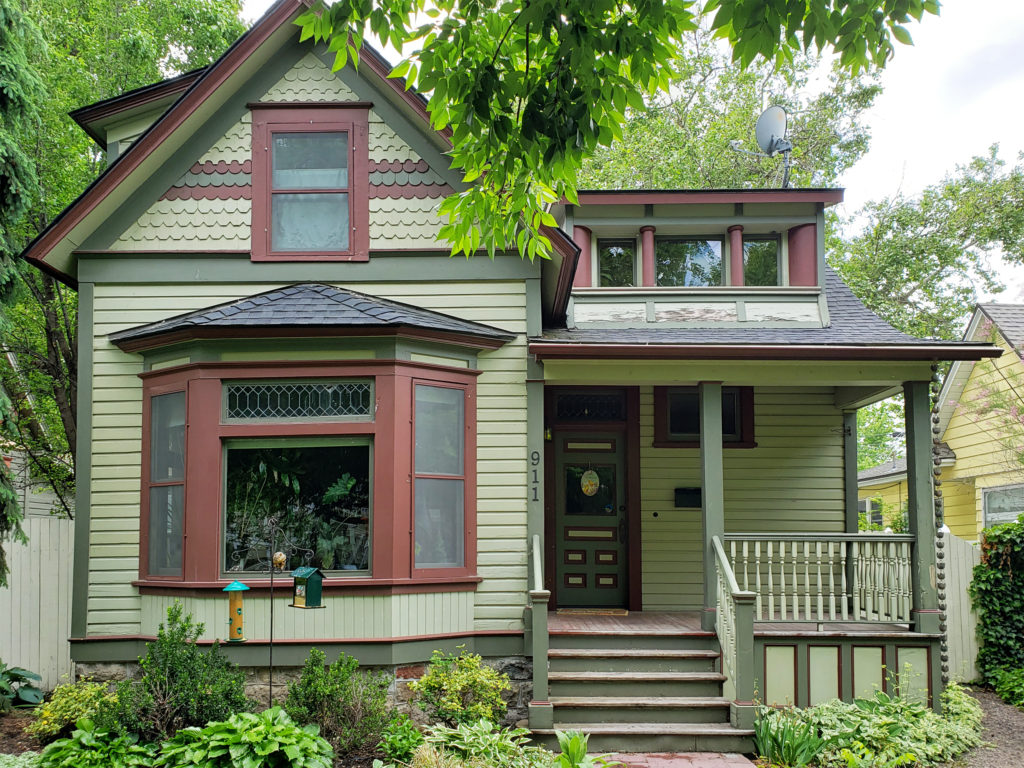
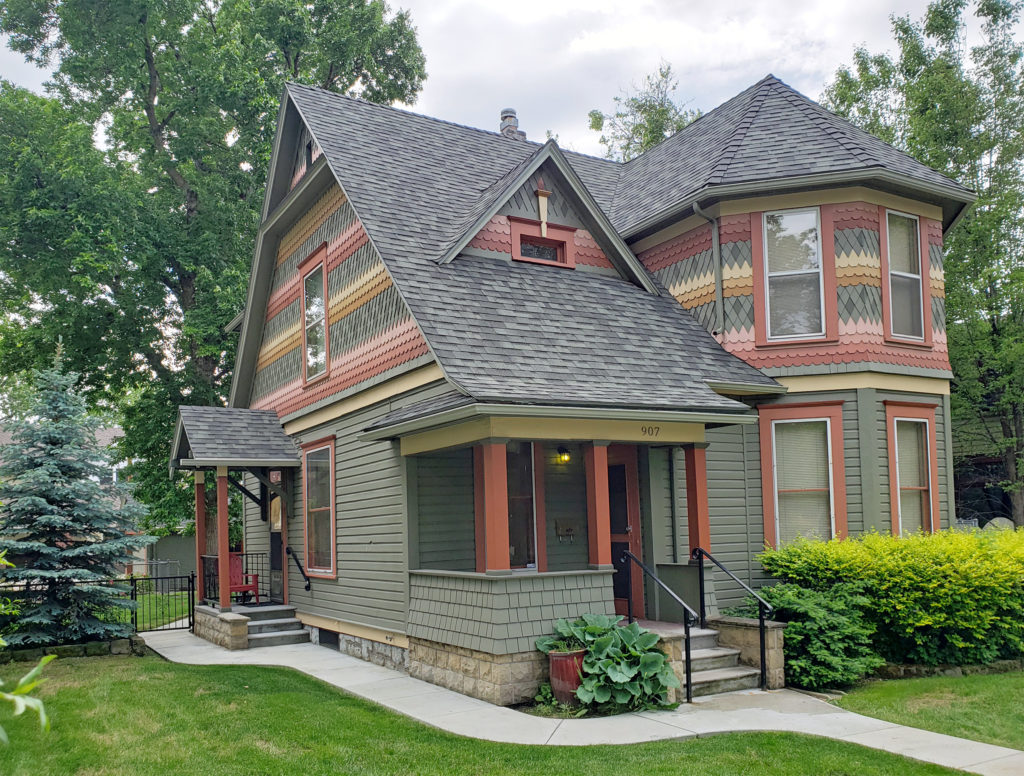 Many fine Victorian houses and architecturally interesting buildings can also be found in the downtown area.
Many fine Victorian houses and architecturally interesting buildings can also be found in the downtown area.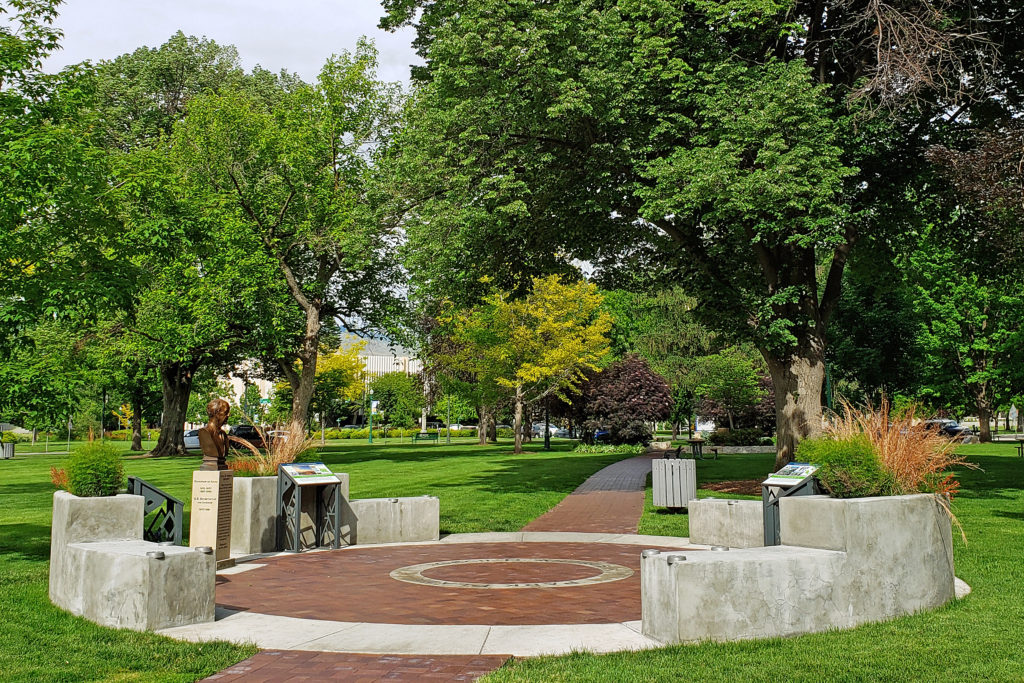
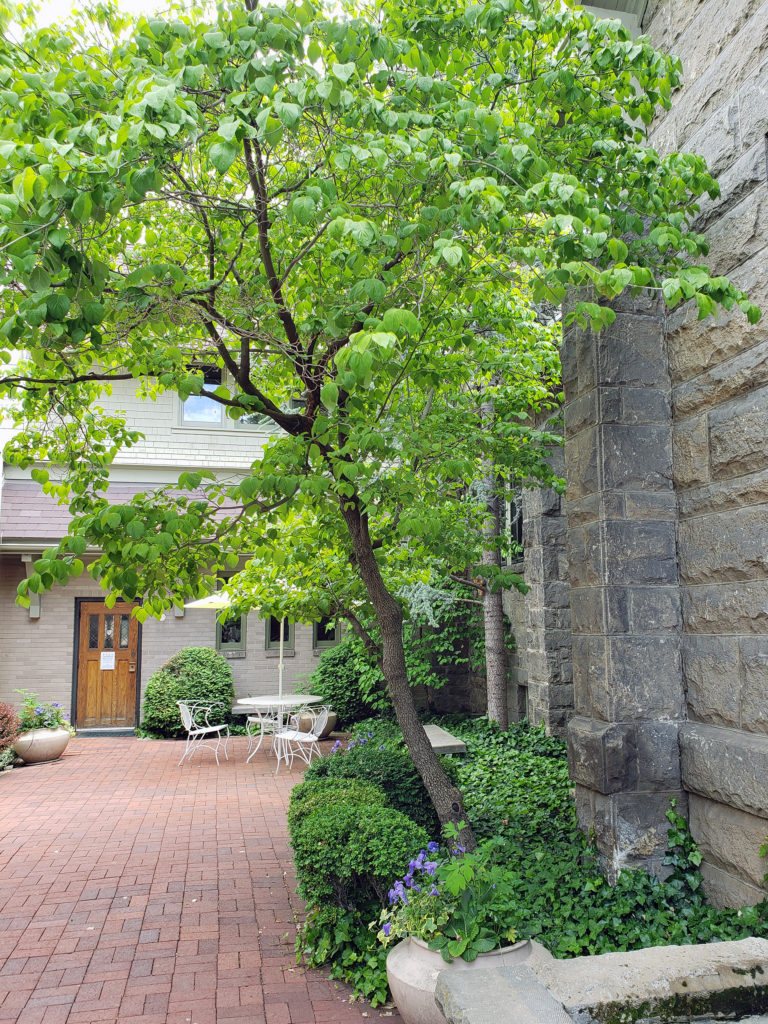

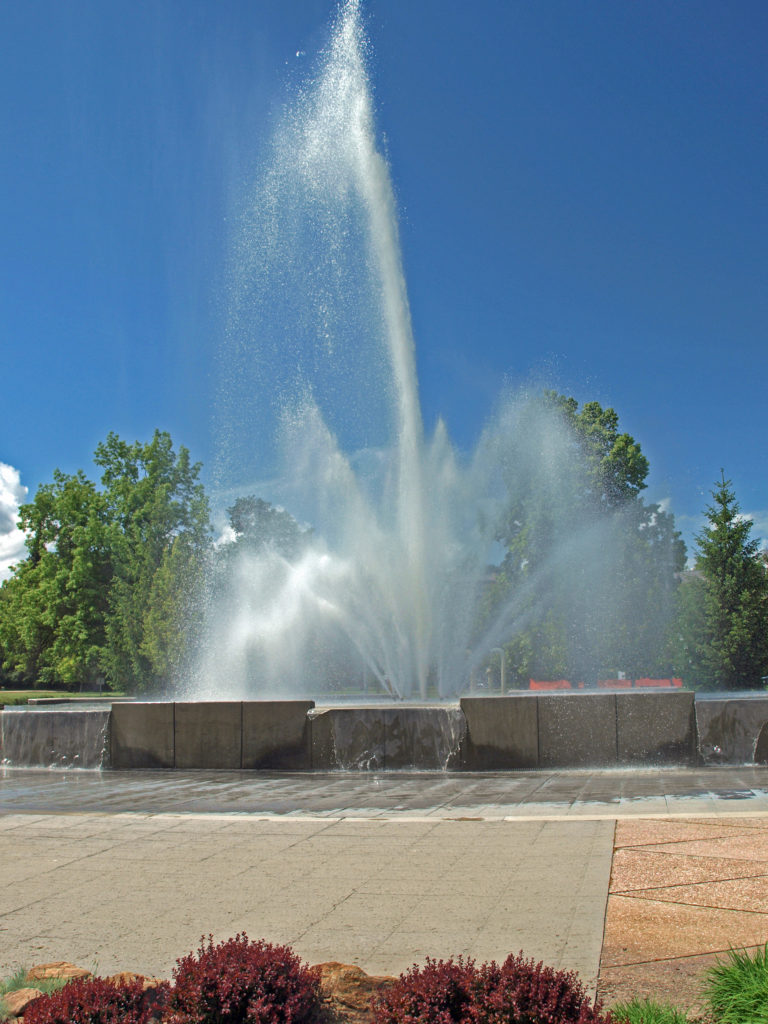 Anne Morrison Memorial Park on the south bank of the river, and the Julia Davis Park, just south of the downtown area on the north bank, are large urban parks with a variety of open spaces and tree lined paths along the river.
Anne Morrison Memorial Park on the south bank of the river, and the Julia Davis Park, just south of the downtown area on the north bank, are large urban parks with a variety of open spaces and tree lined paths along the river.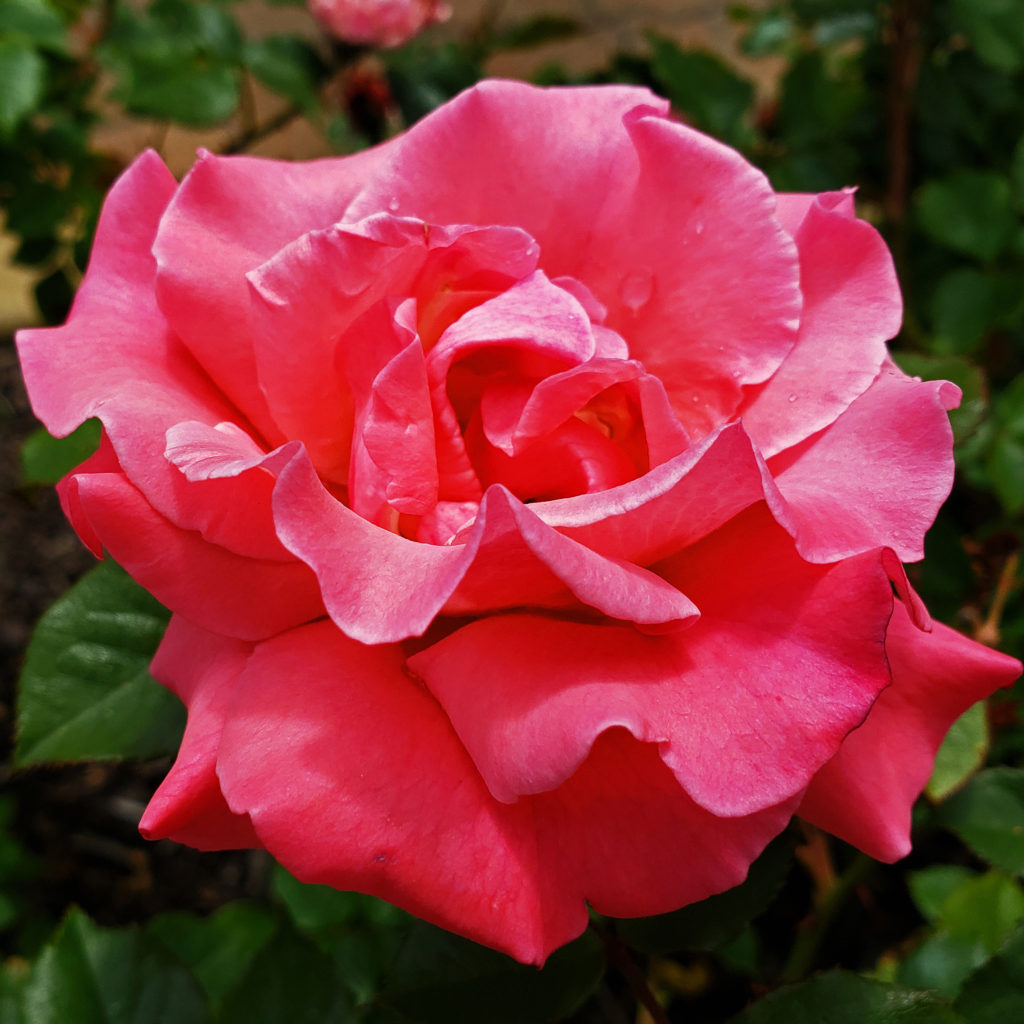
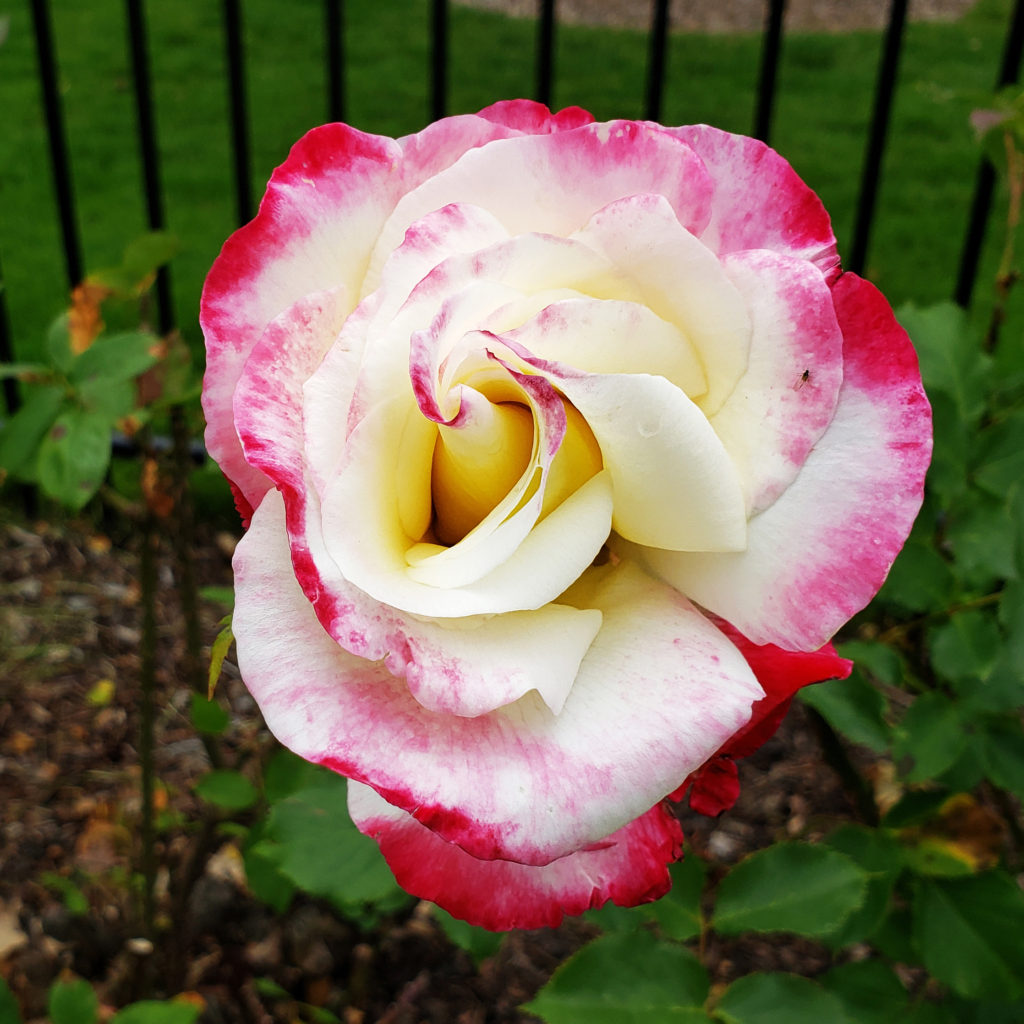
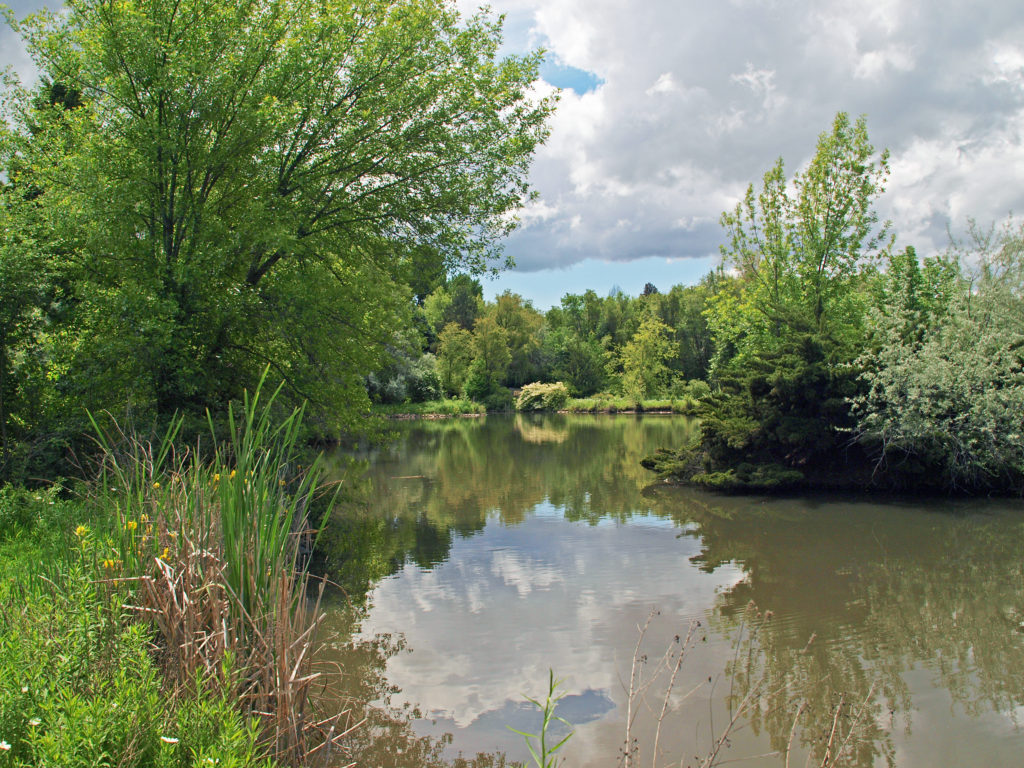
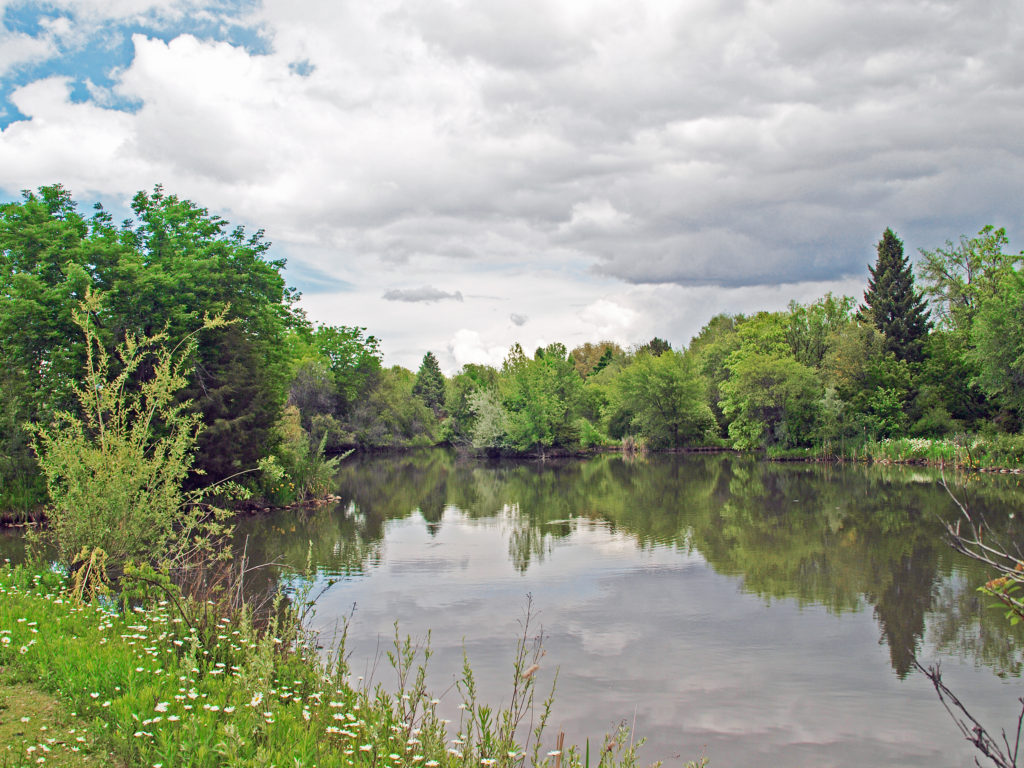
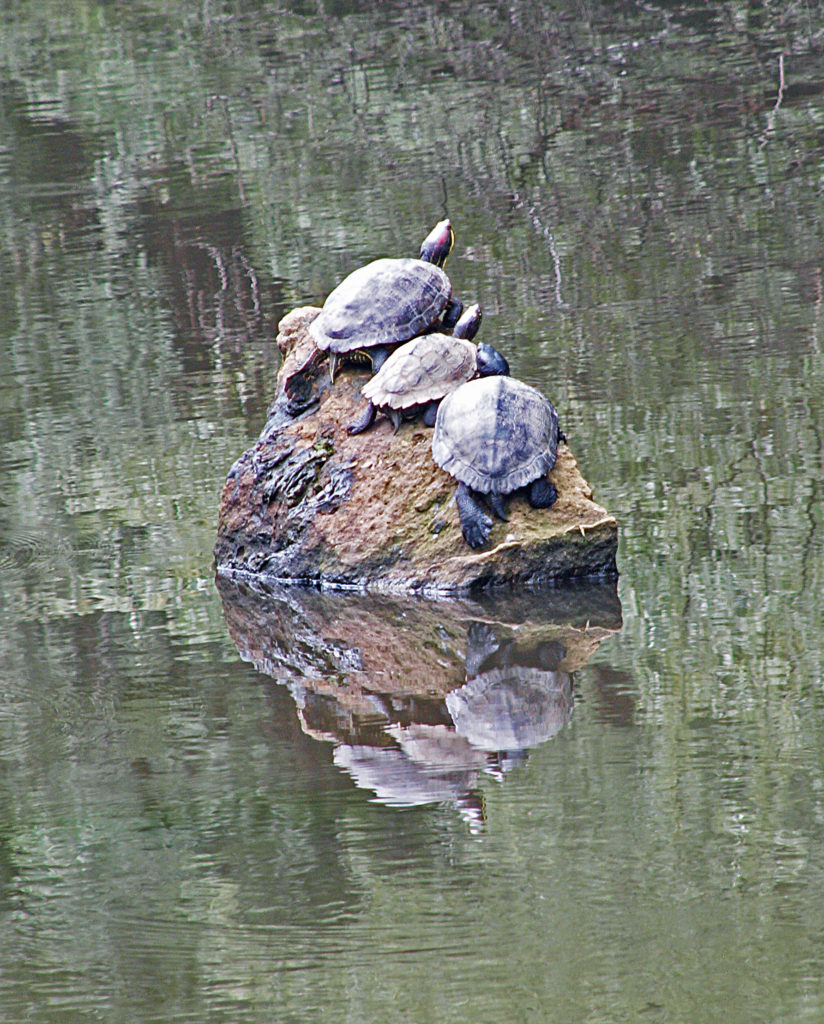
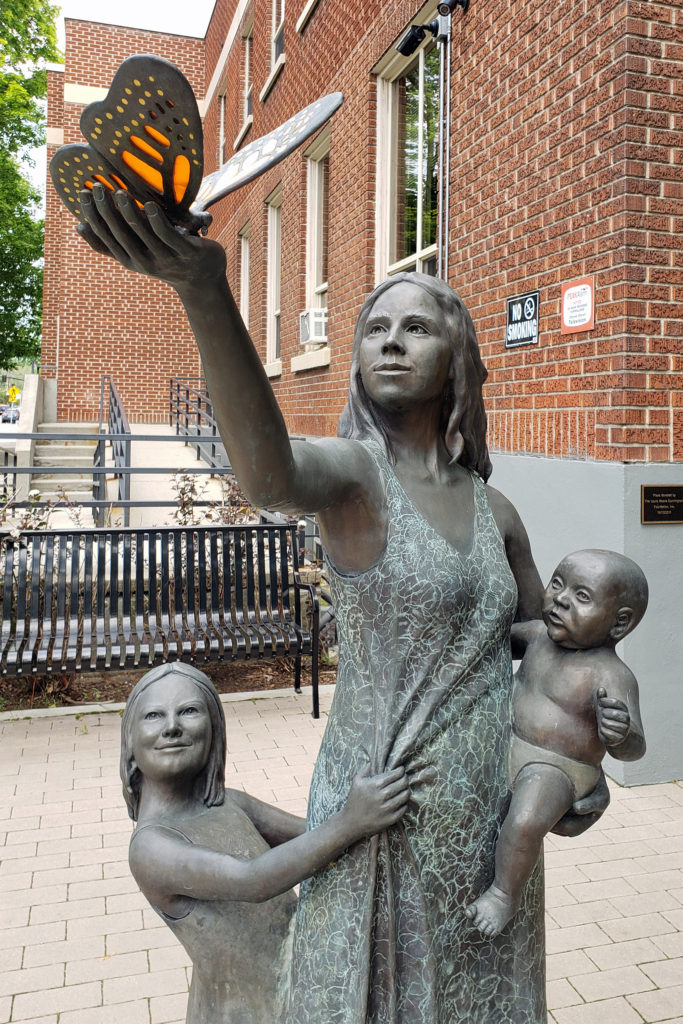 Boise is definitely worth visiting, and southwest Idaho has many truly unique, beautiful, and enjoyable places to visit, all within a short drive of each other. For more on those, check out my other Exploring Southwest Idaho posts:
Boise is definitely worth visiting, and southwest Idaho has many truly unique, beautiful, and enjoyable places to visit, all within a short drive of each other. For more on those, check out my other Exploring Southwest Idaho posts: